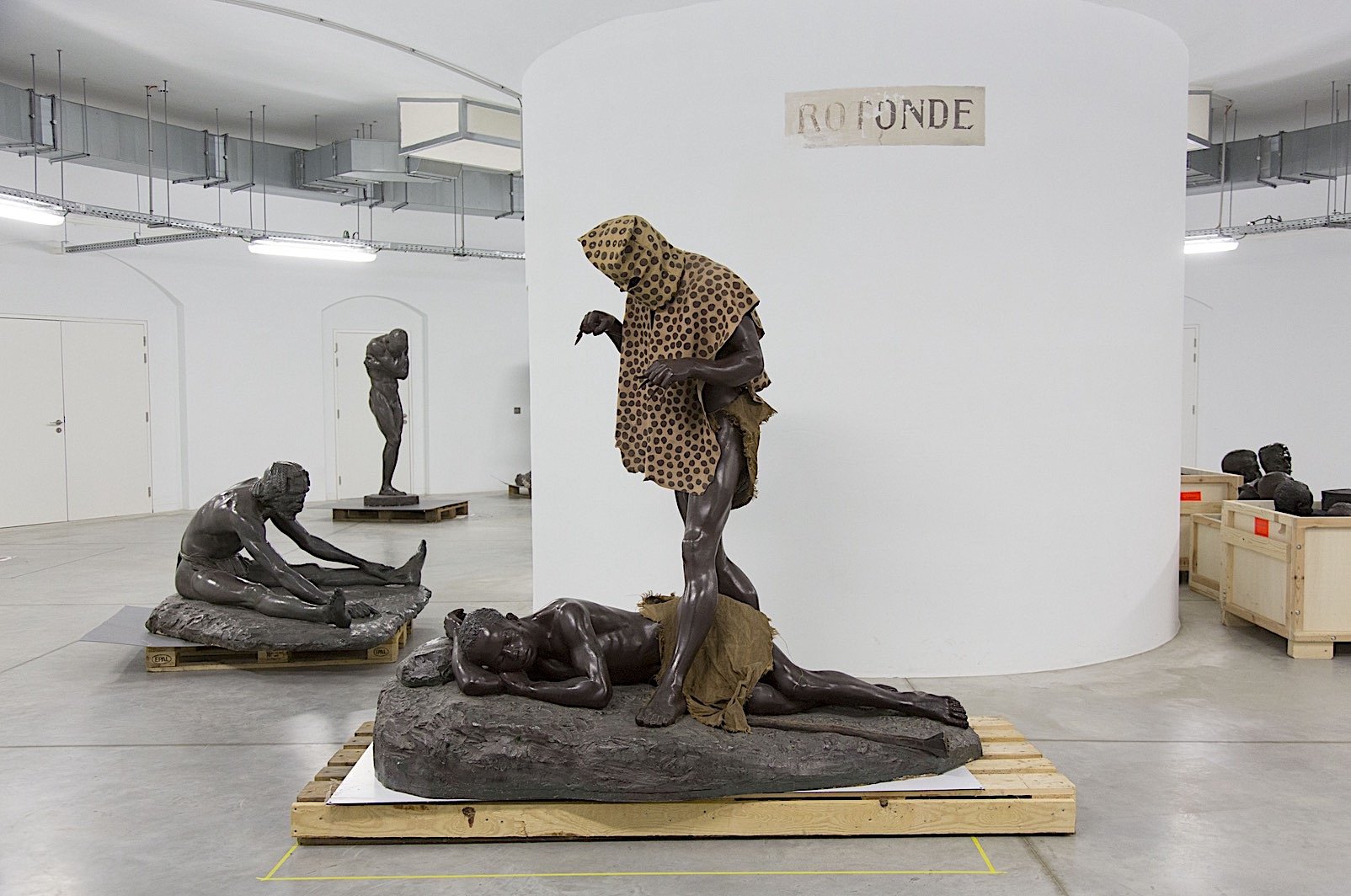
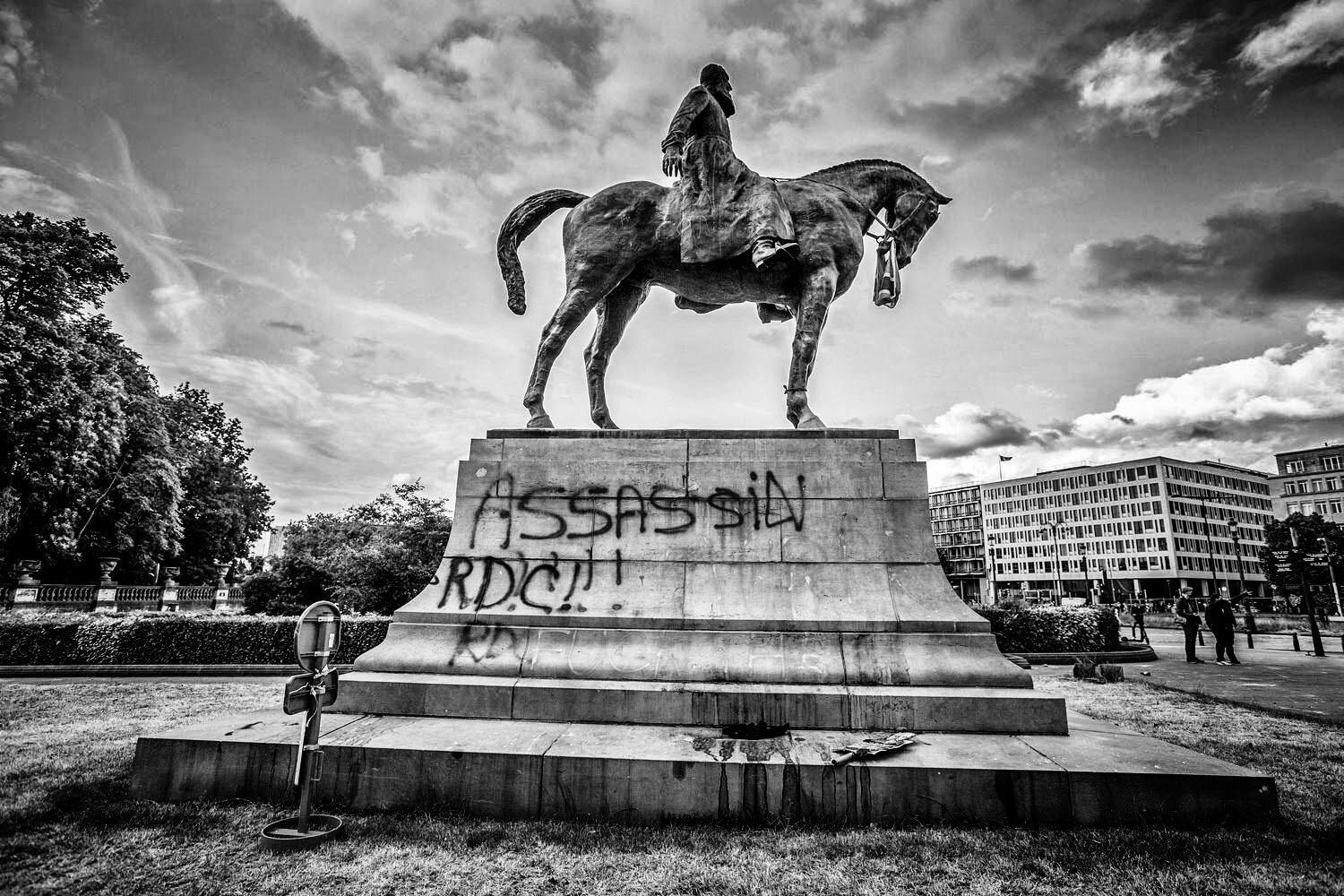
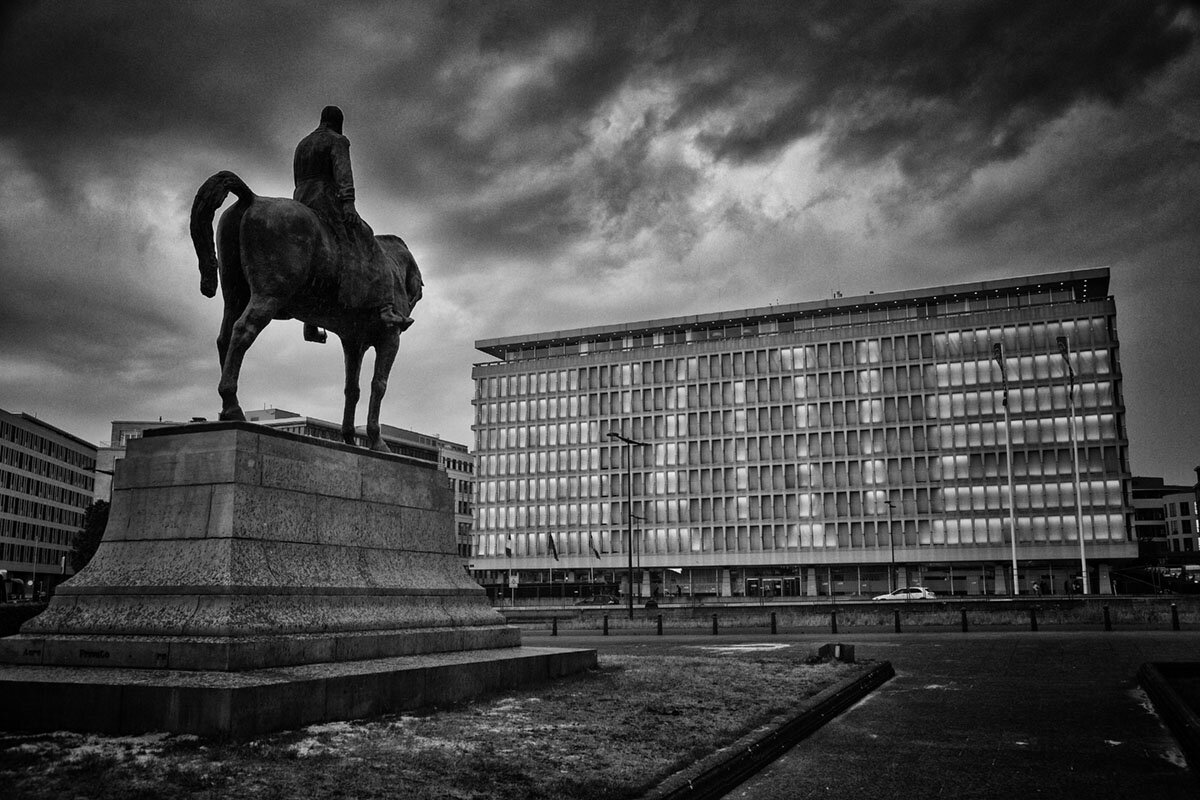
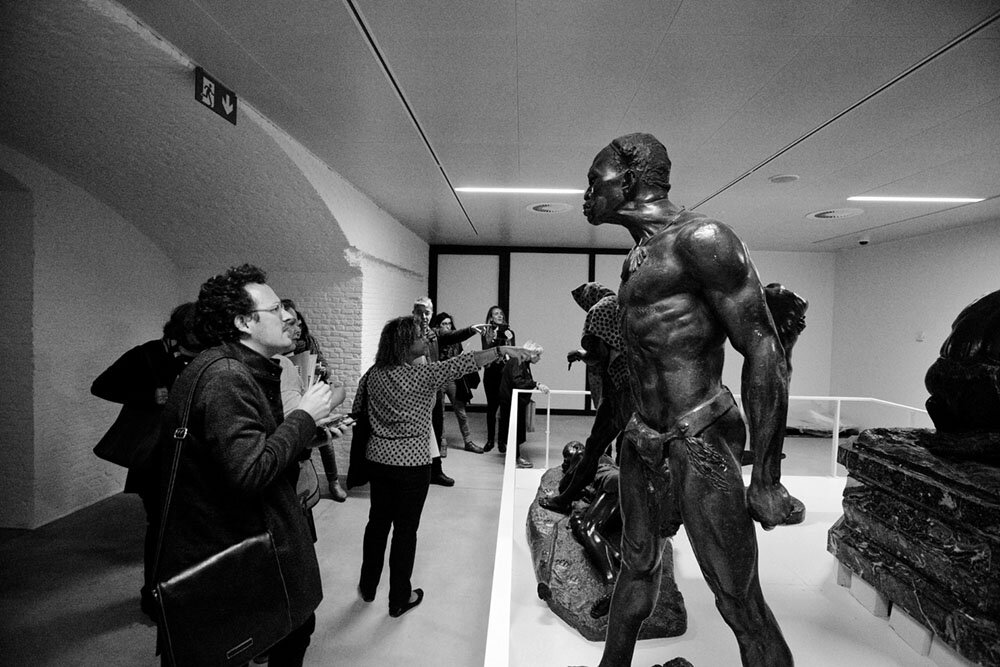
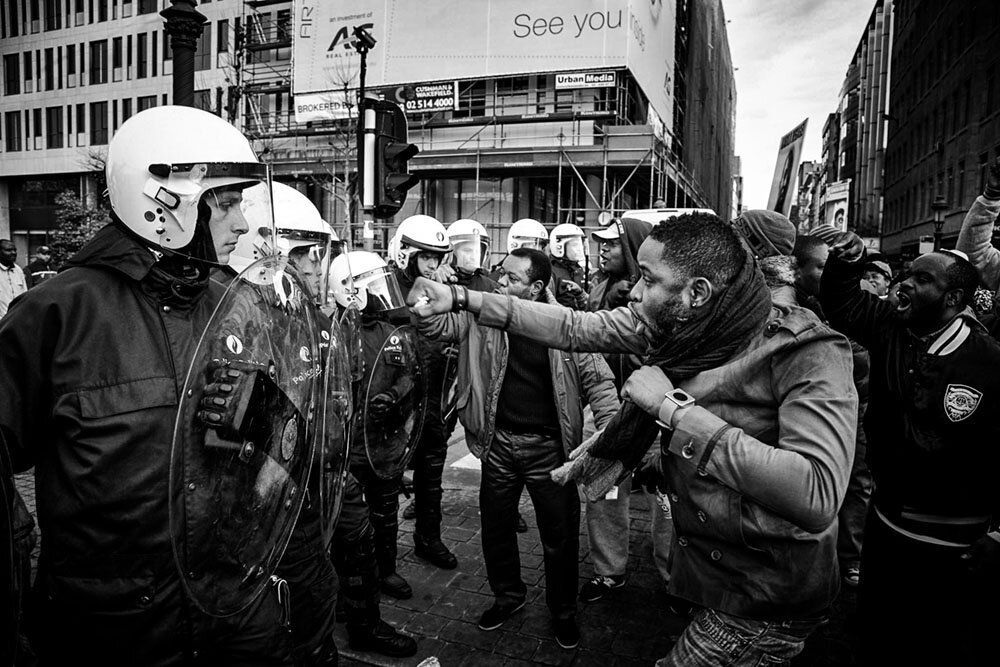

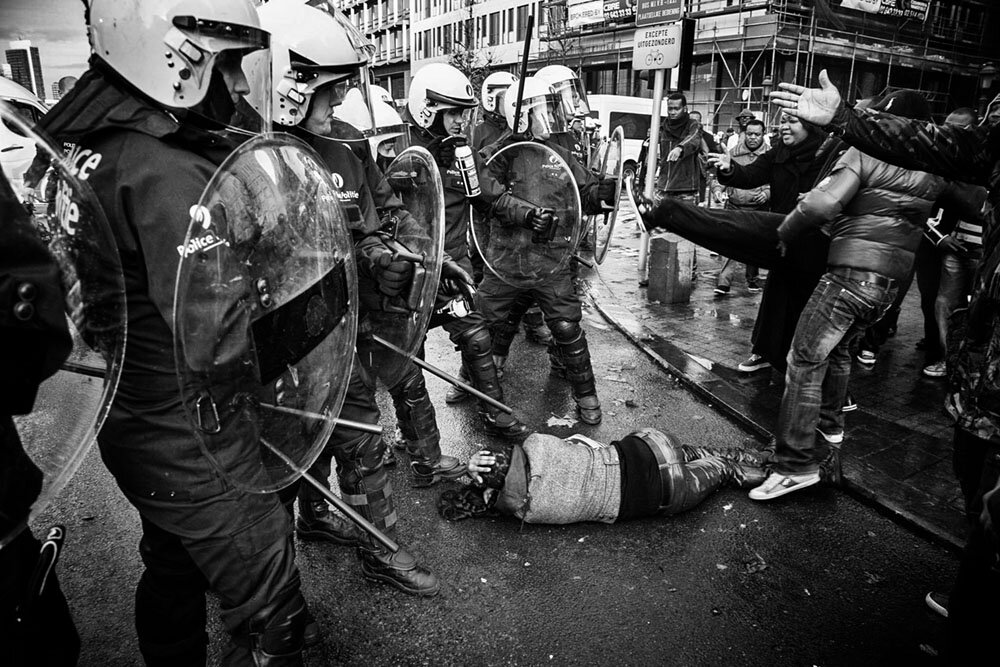
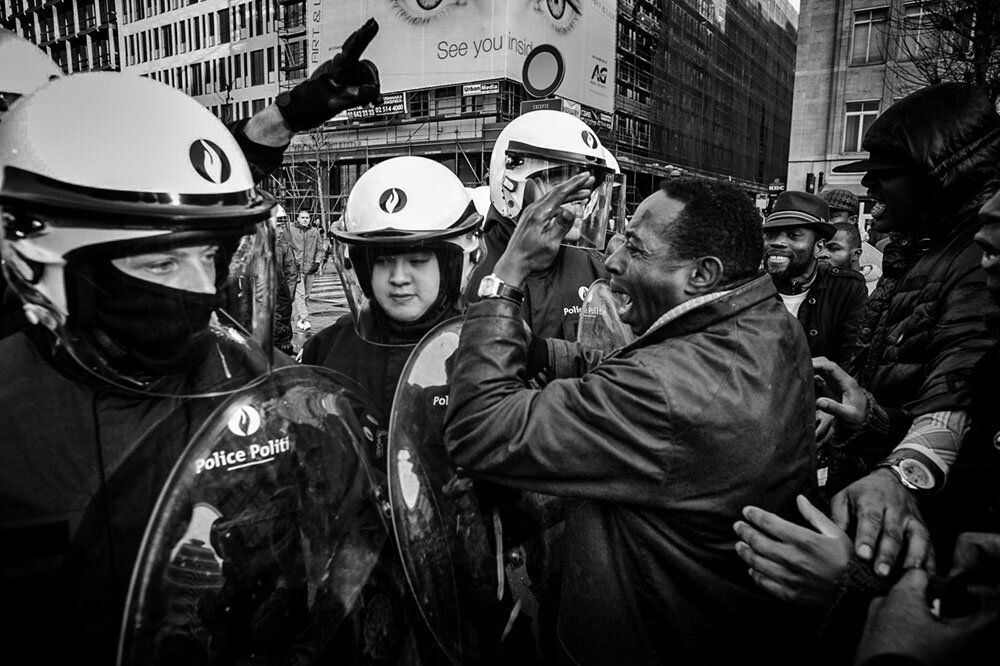
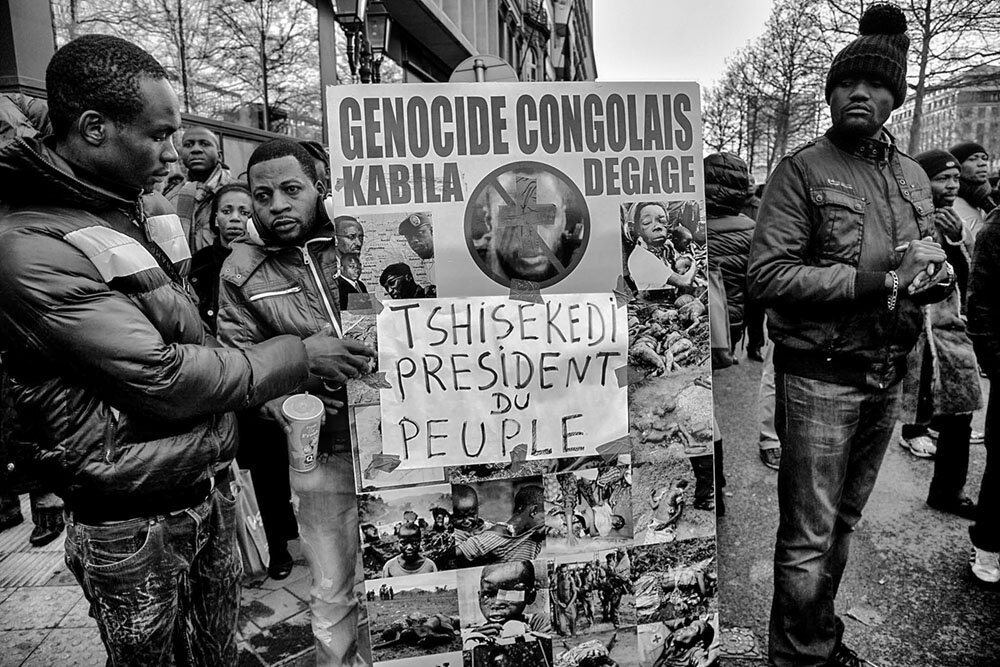
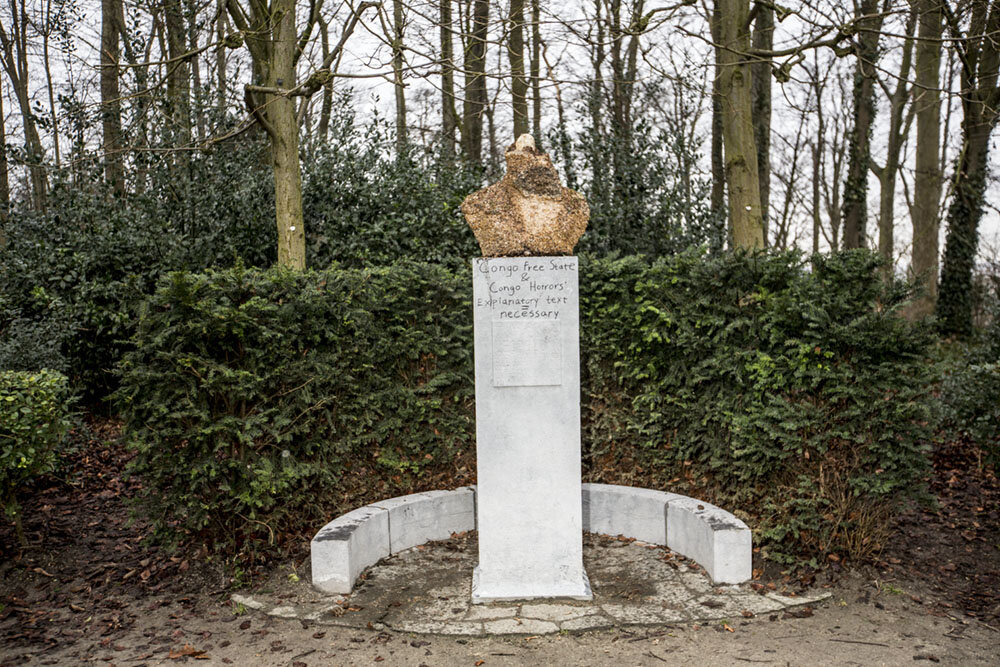
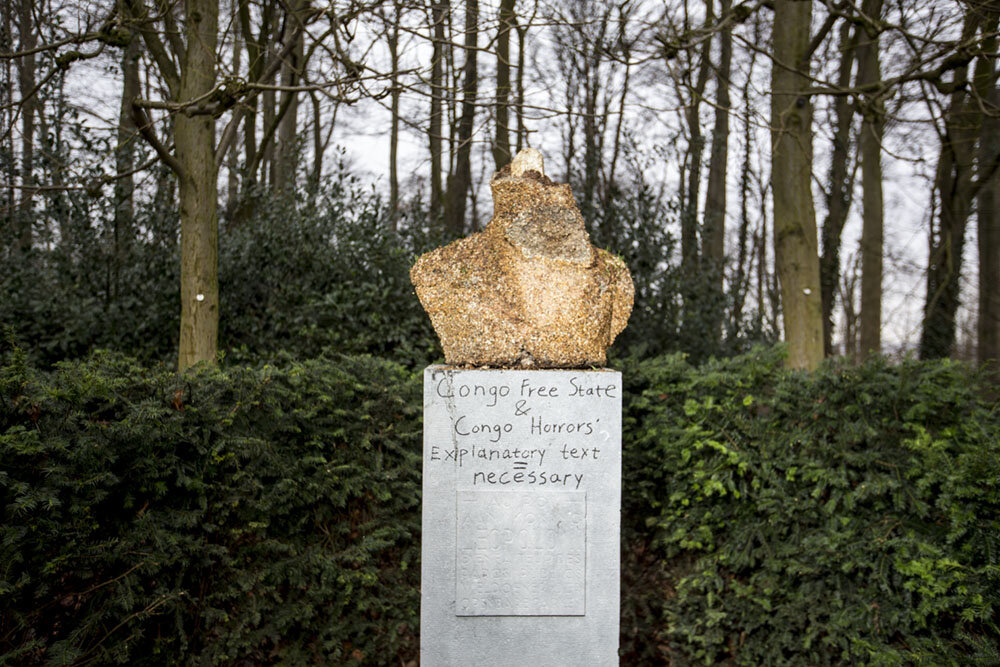
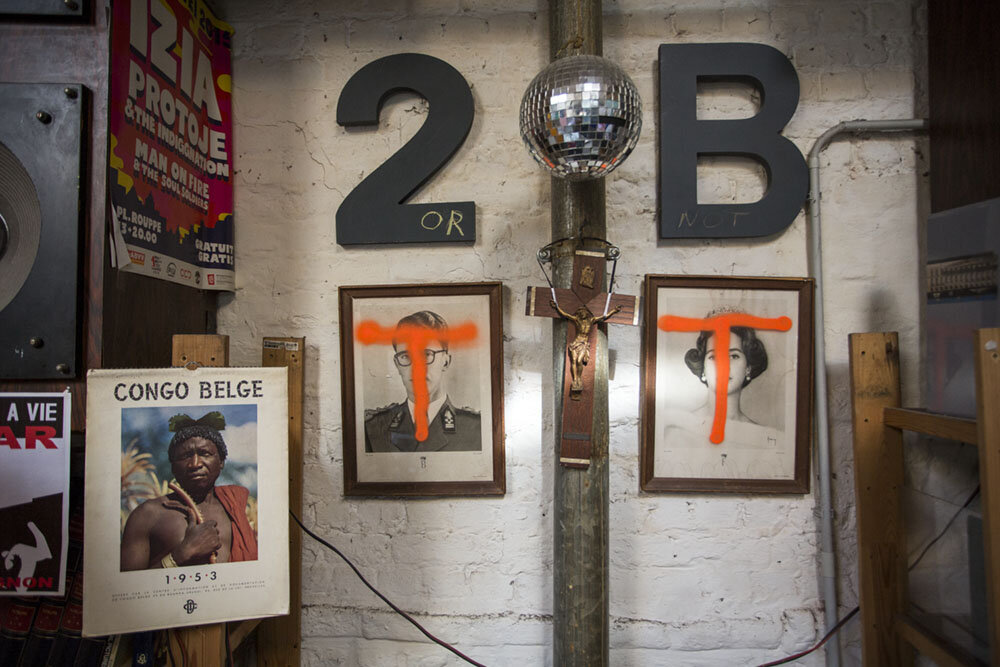

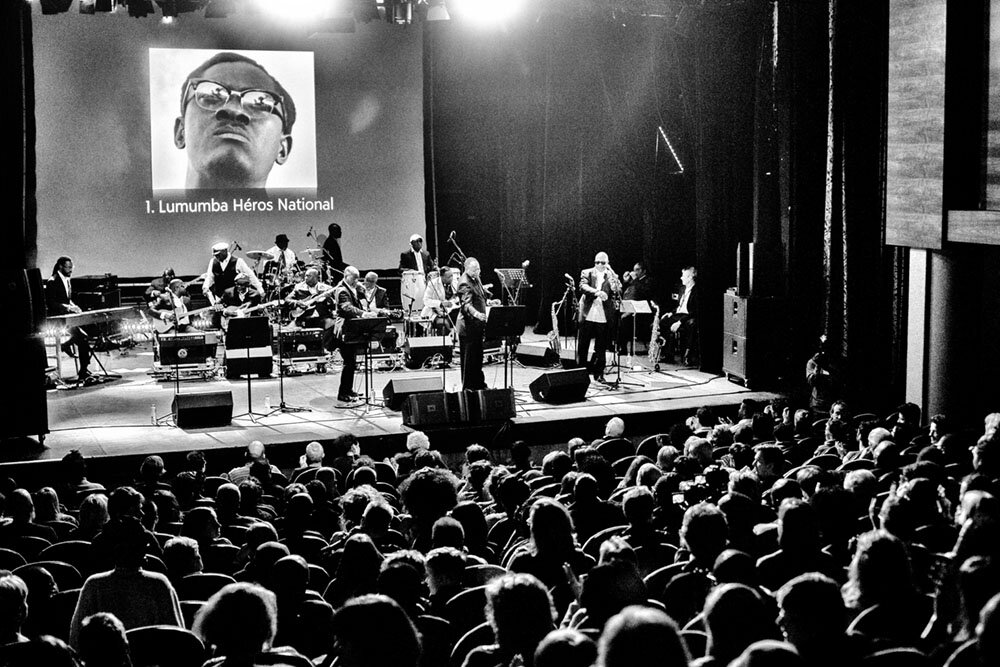

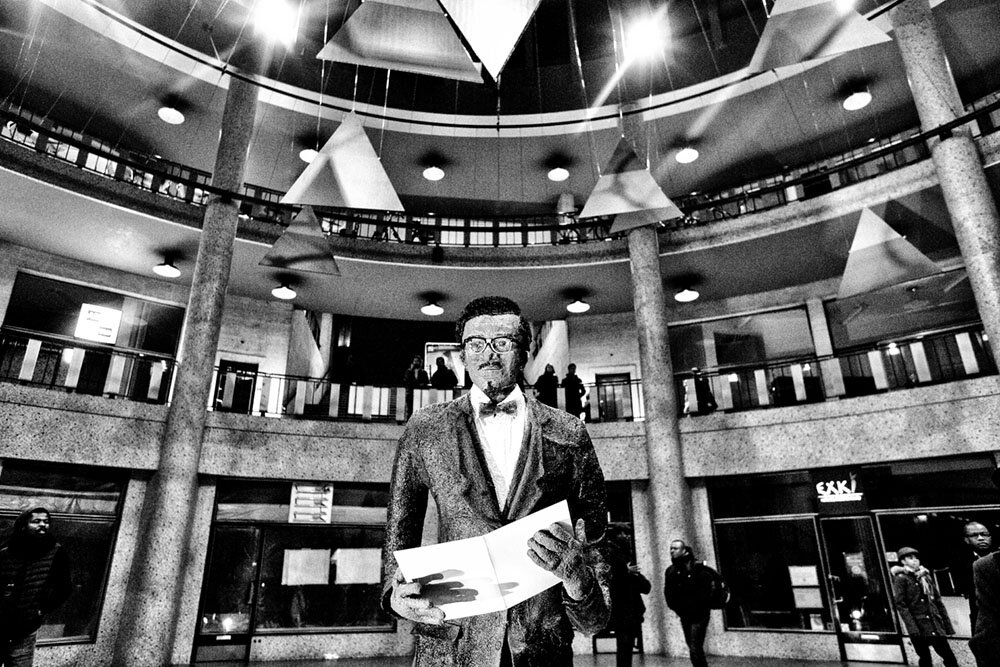
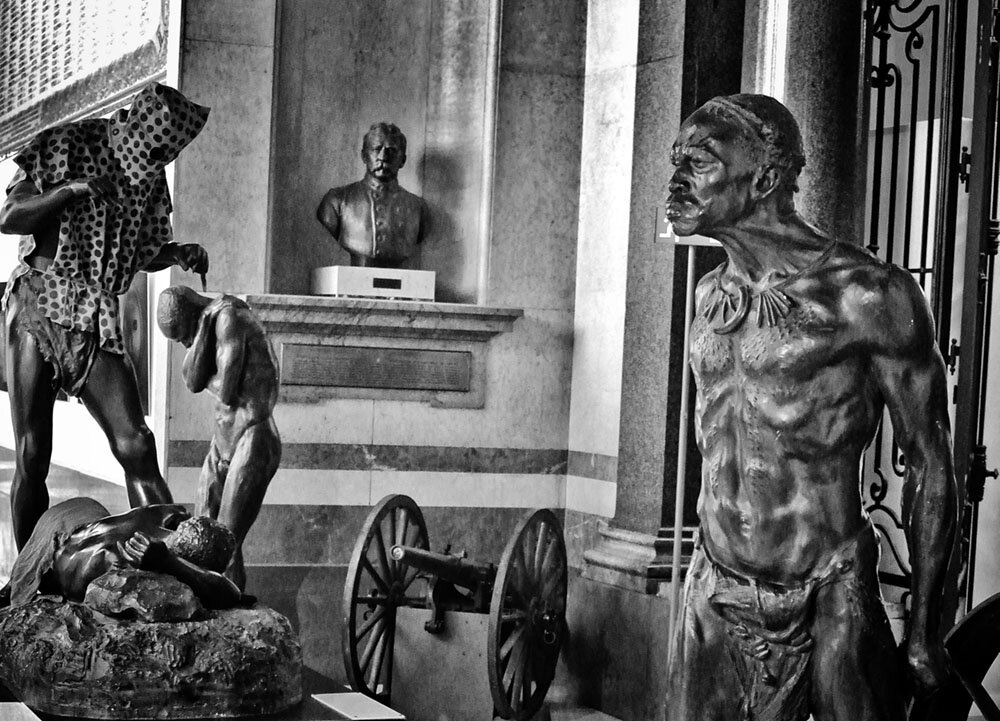
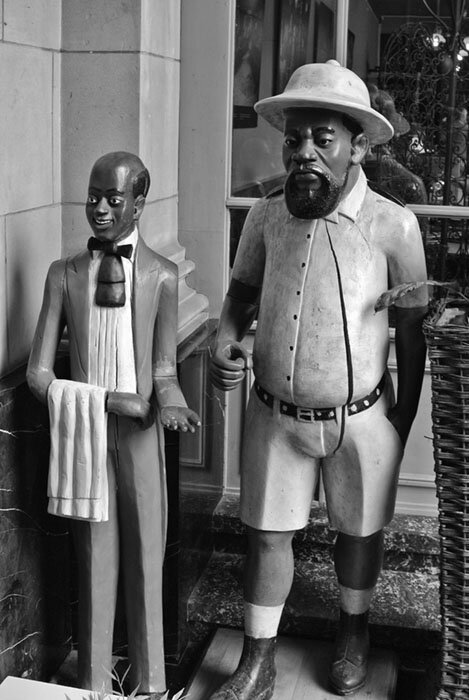

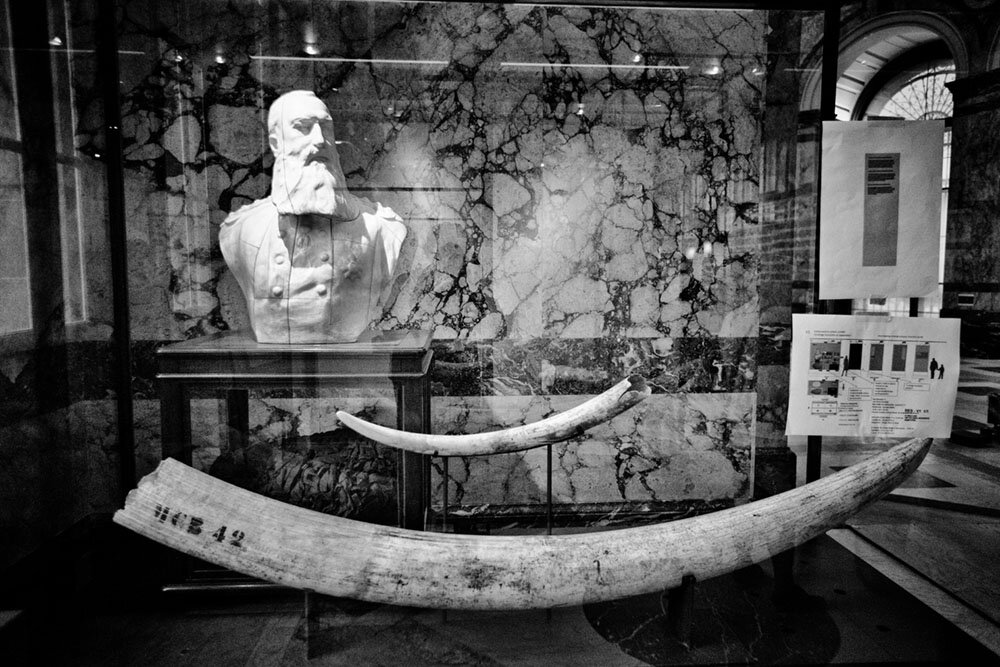
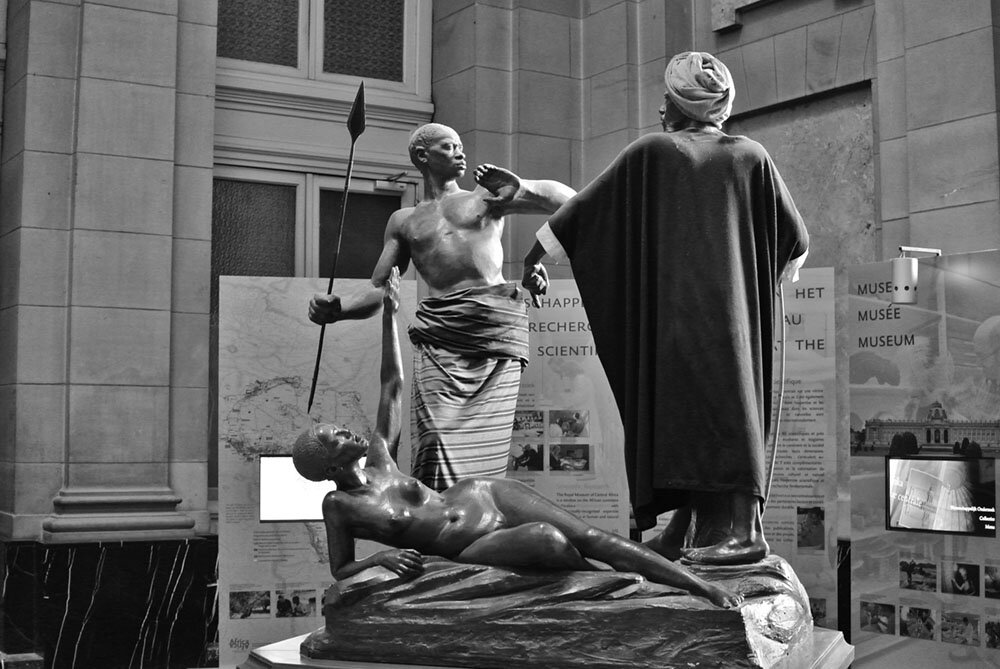
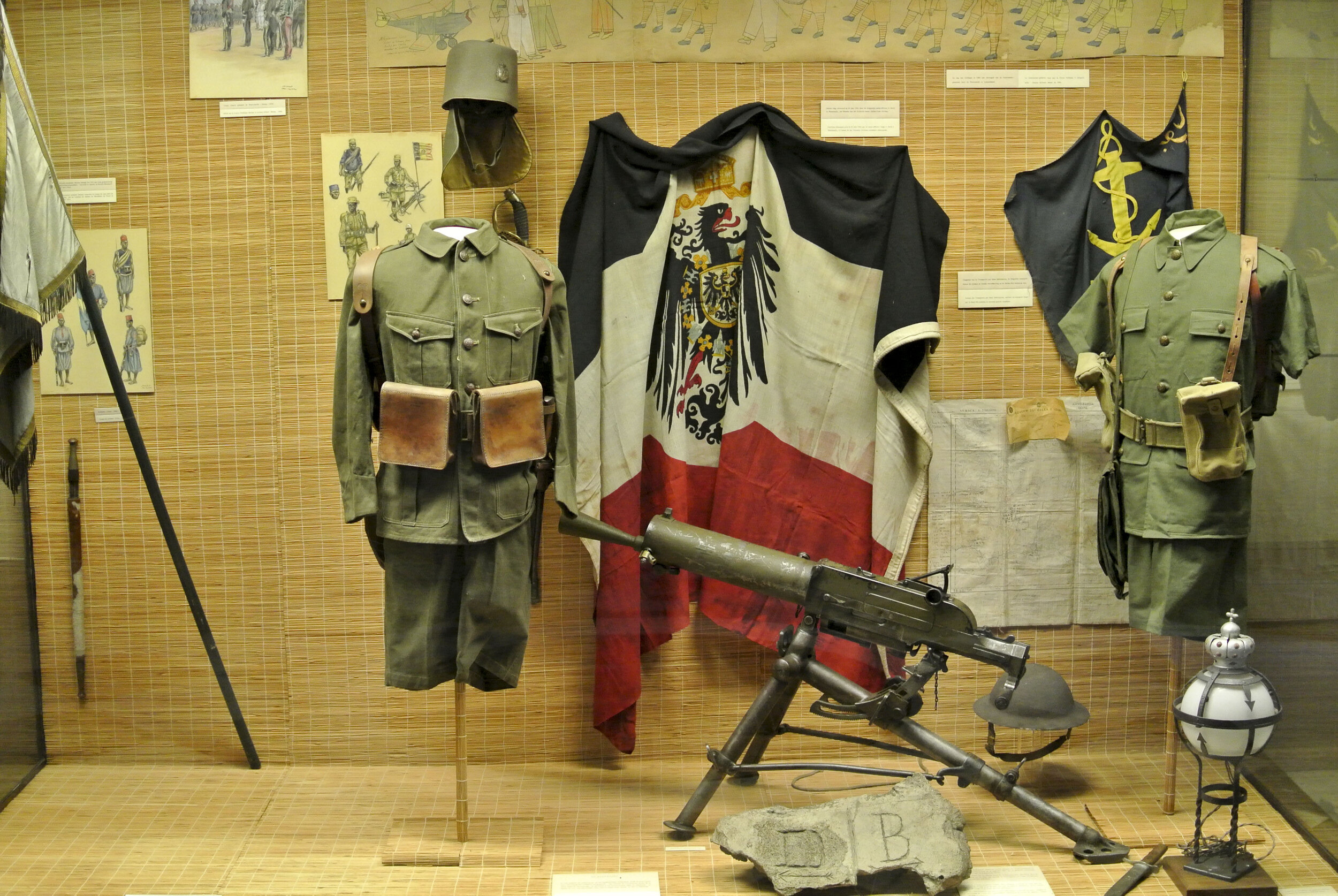
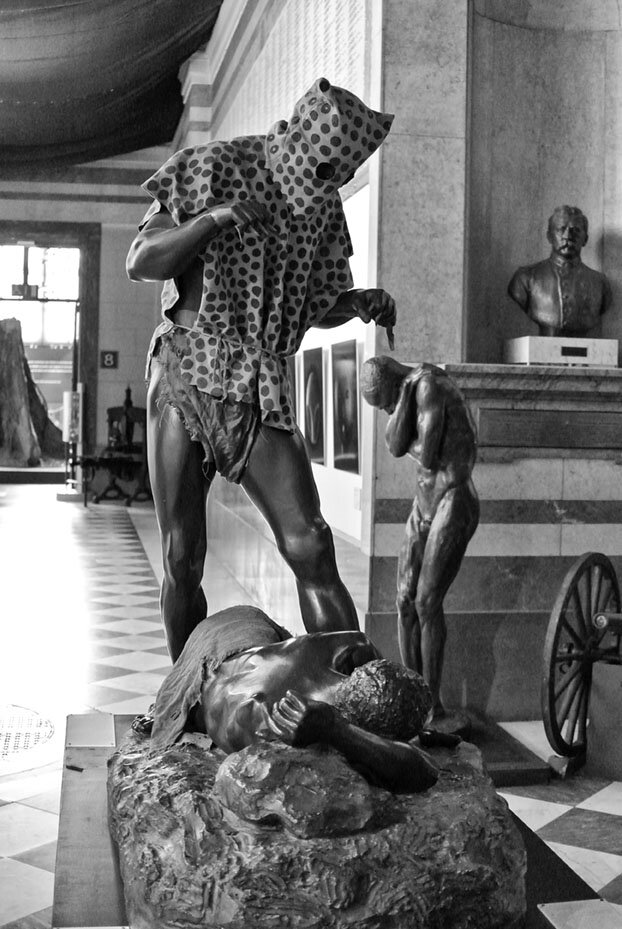
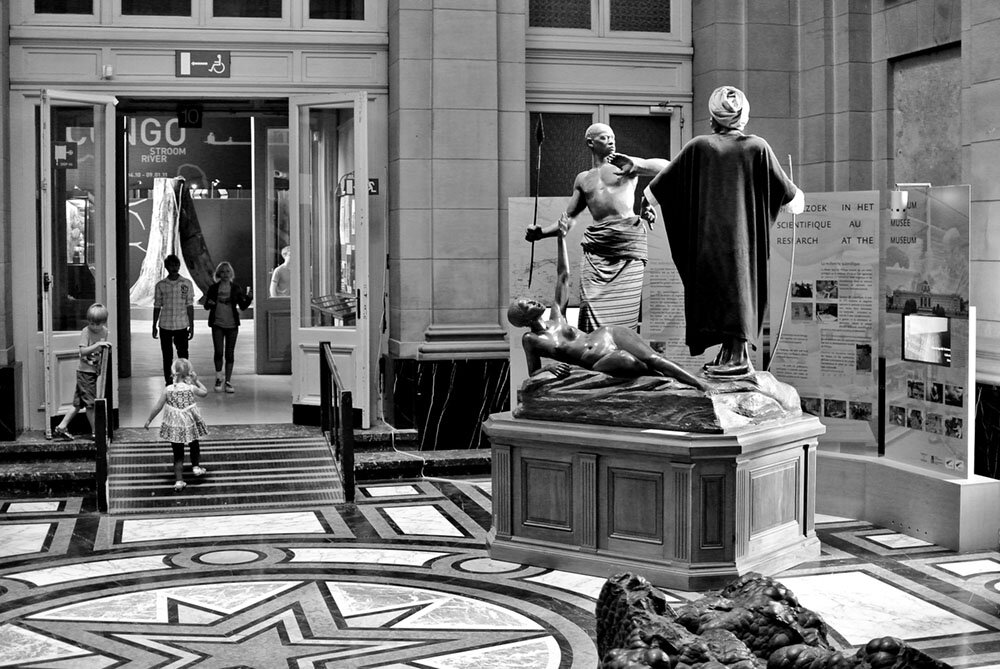
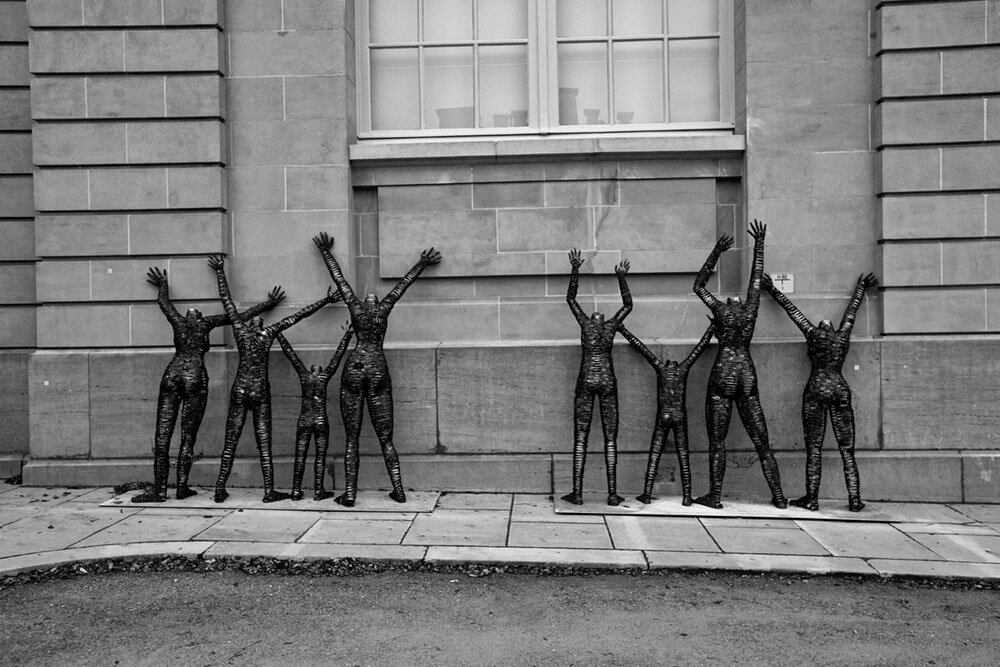
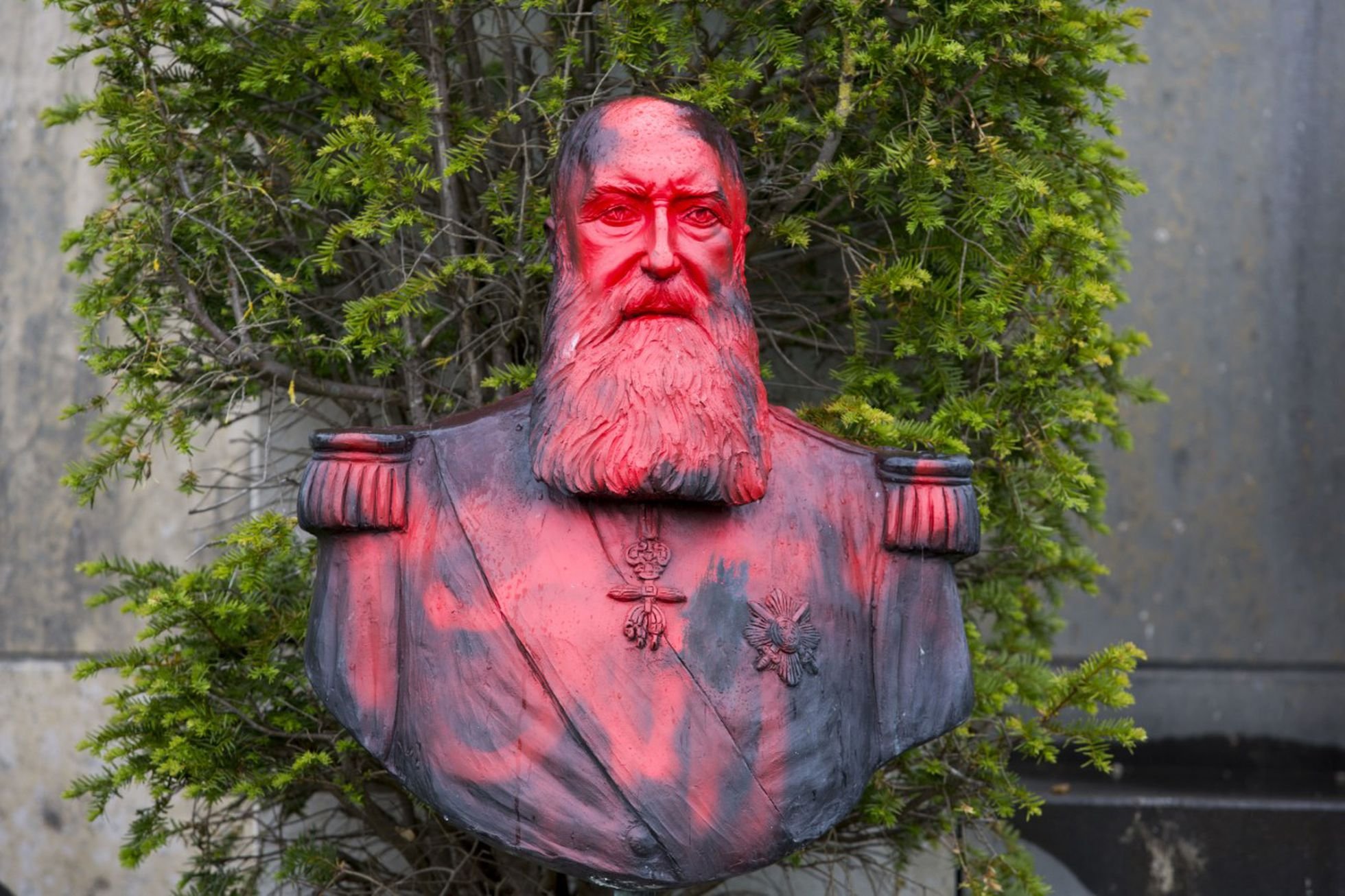
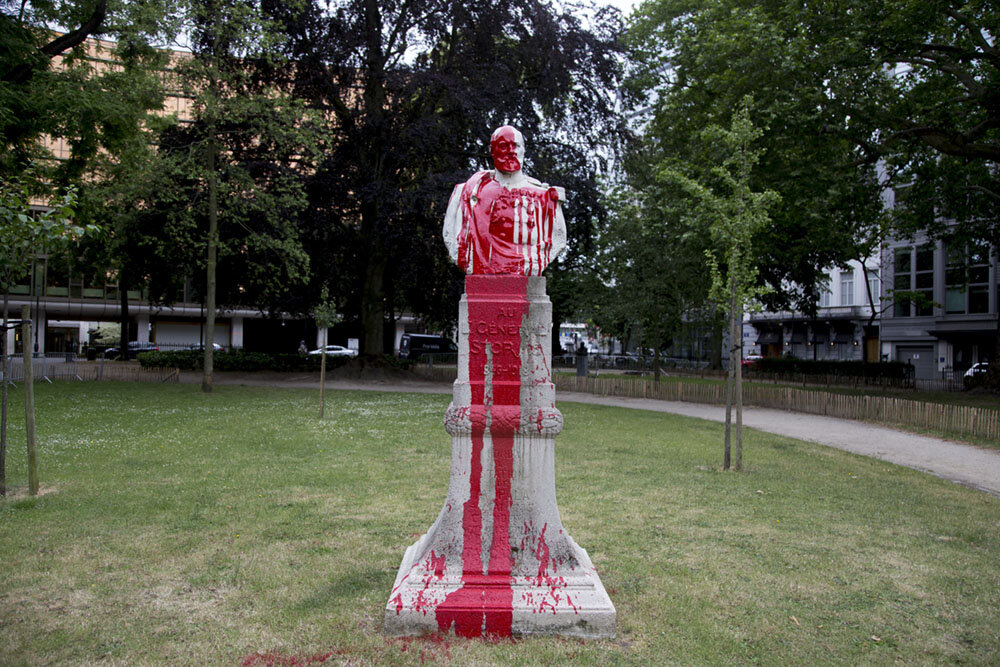
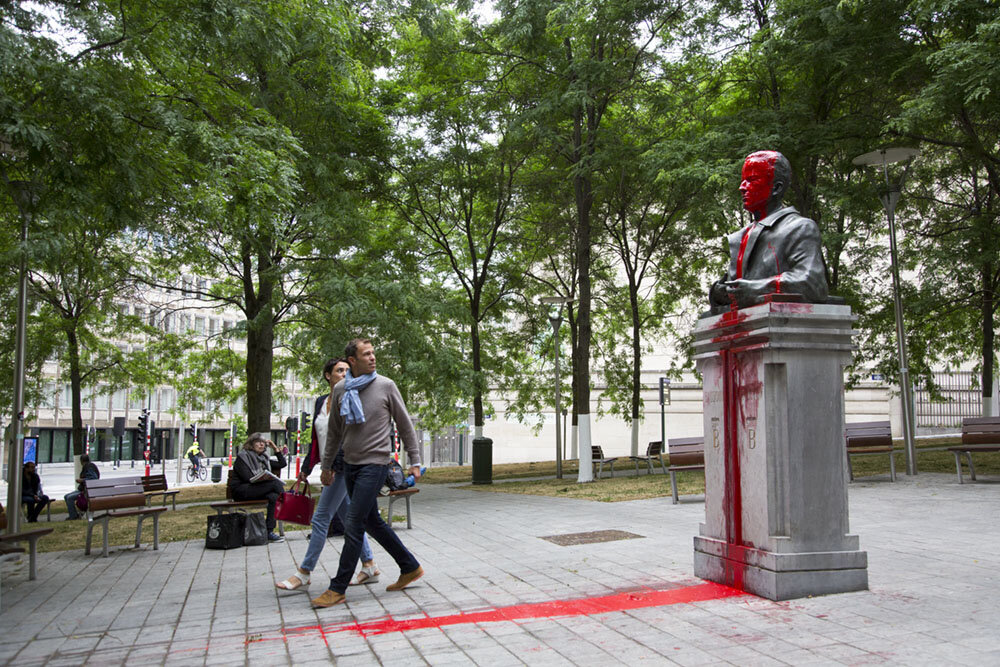
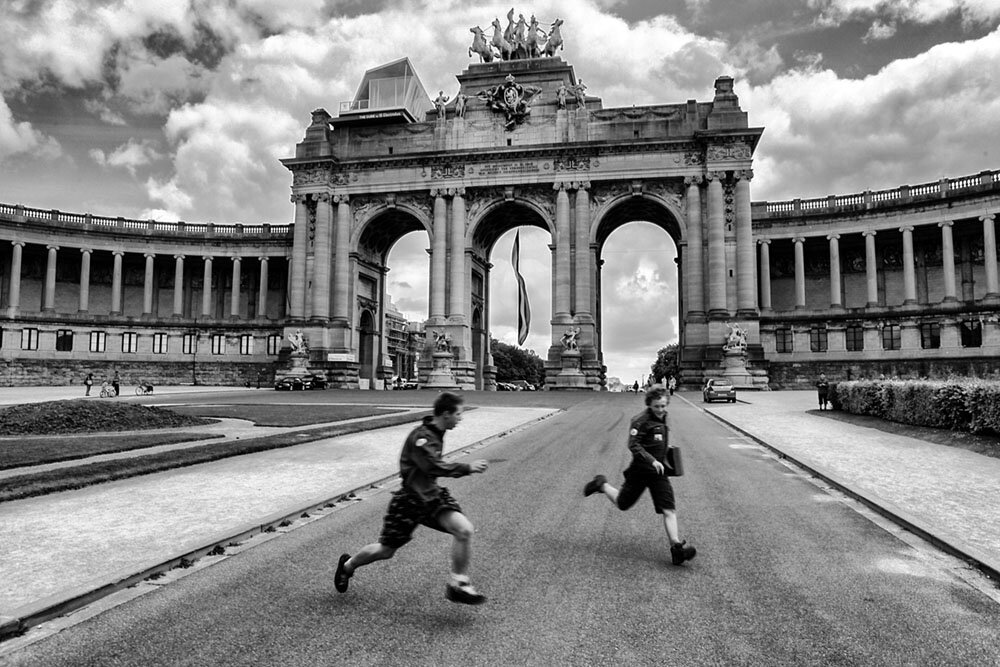
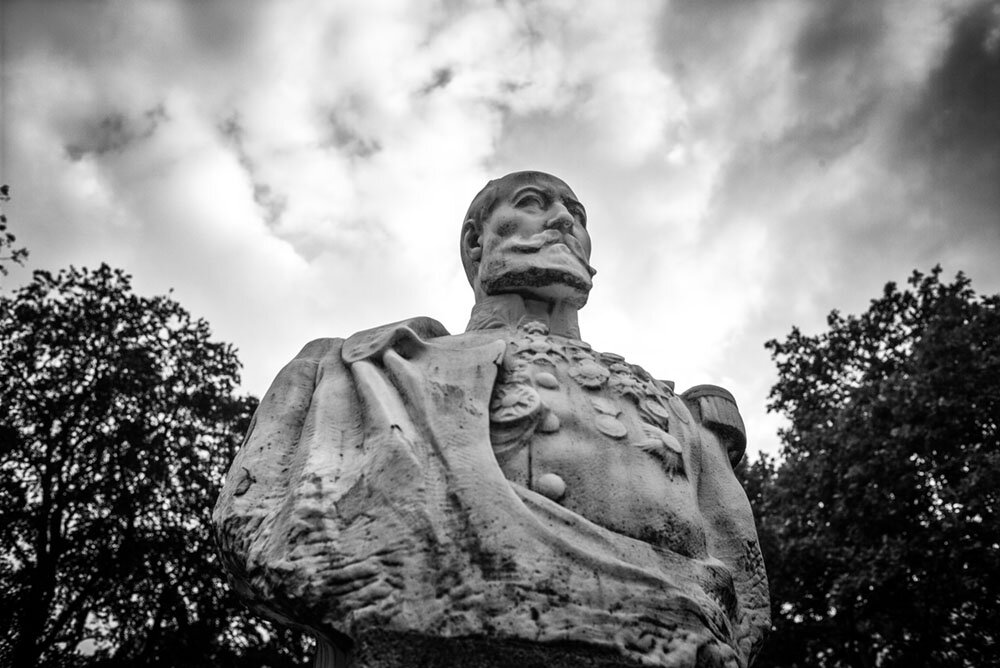
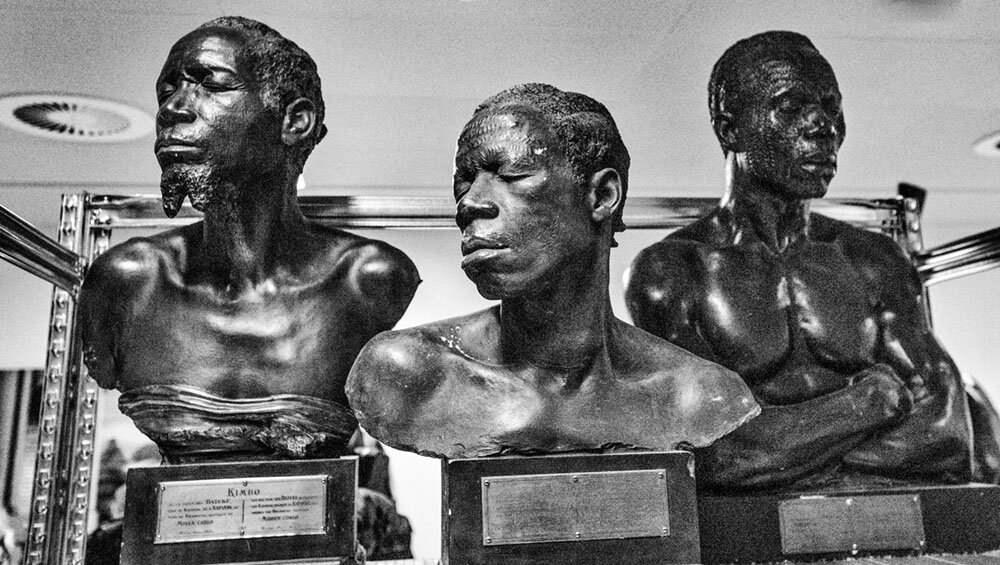
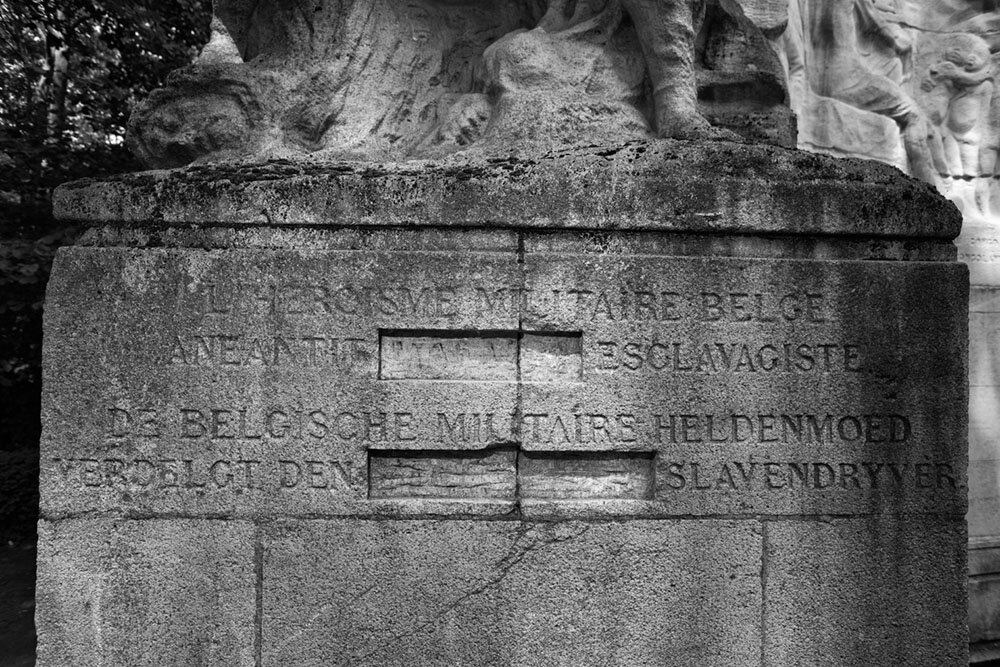
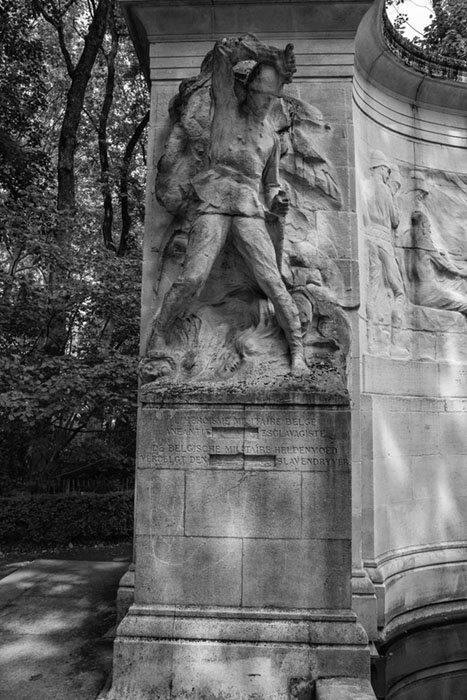

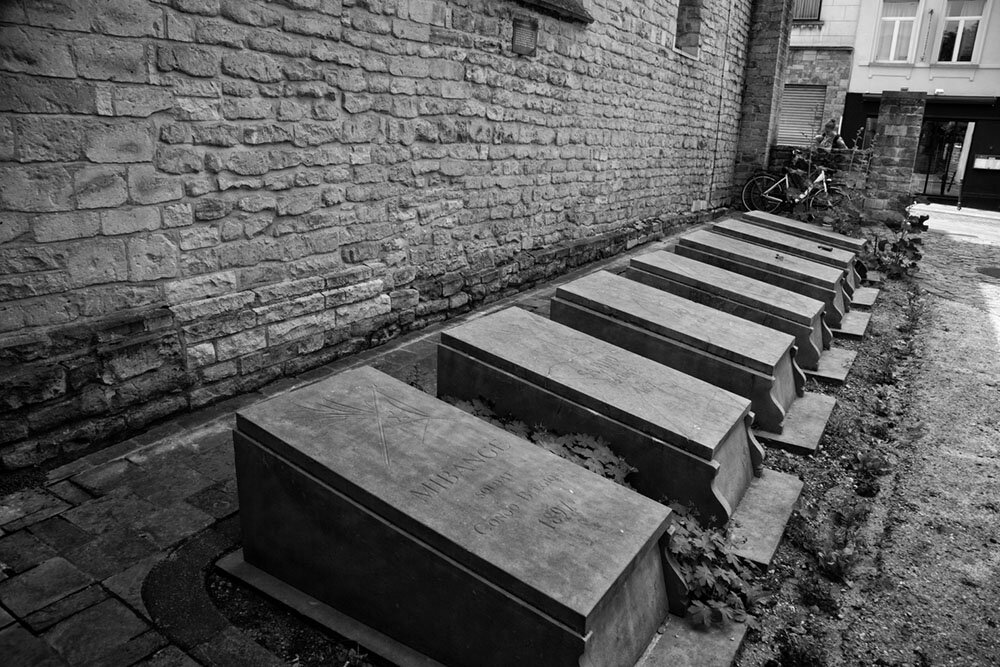
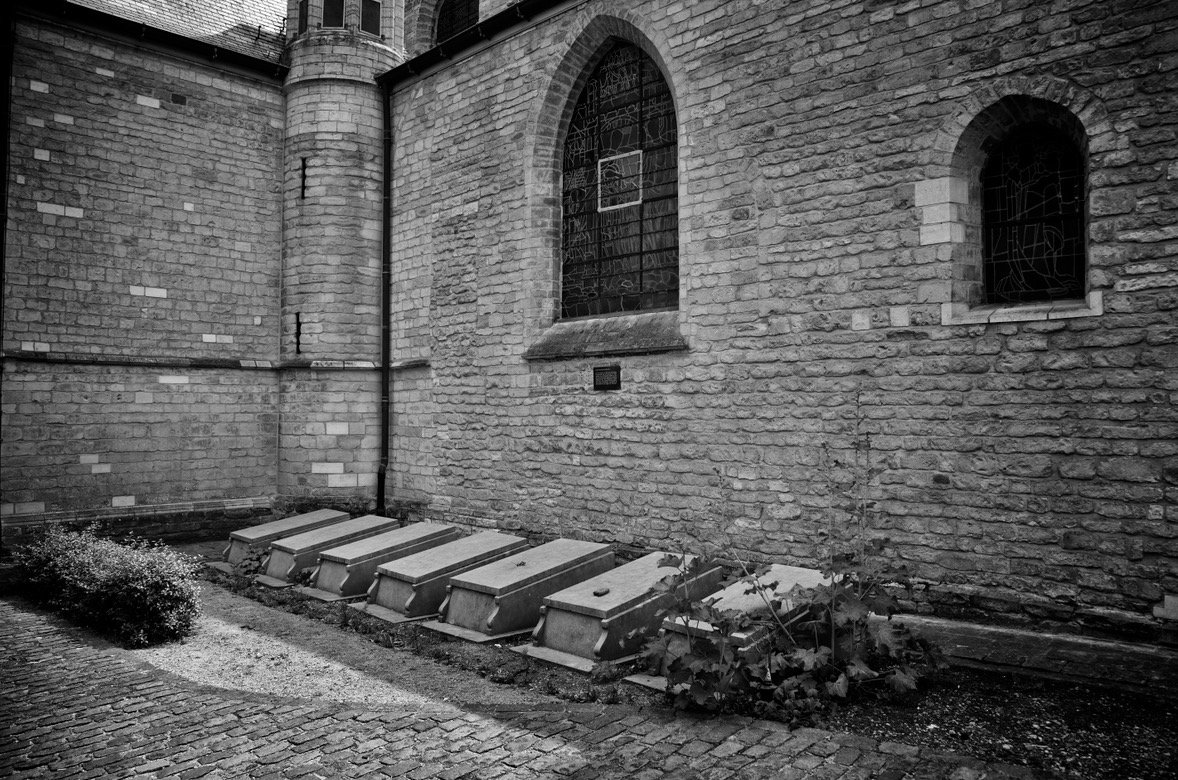

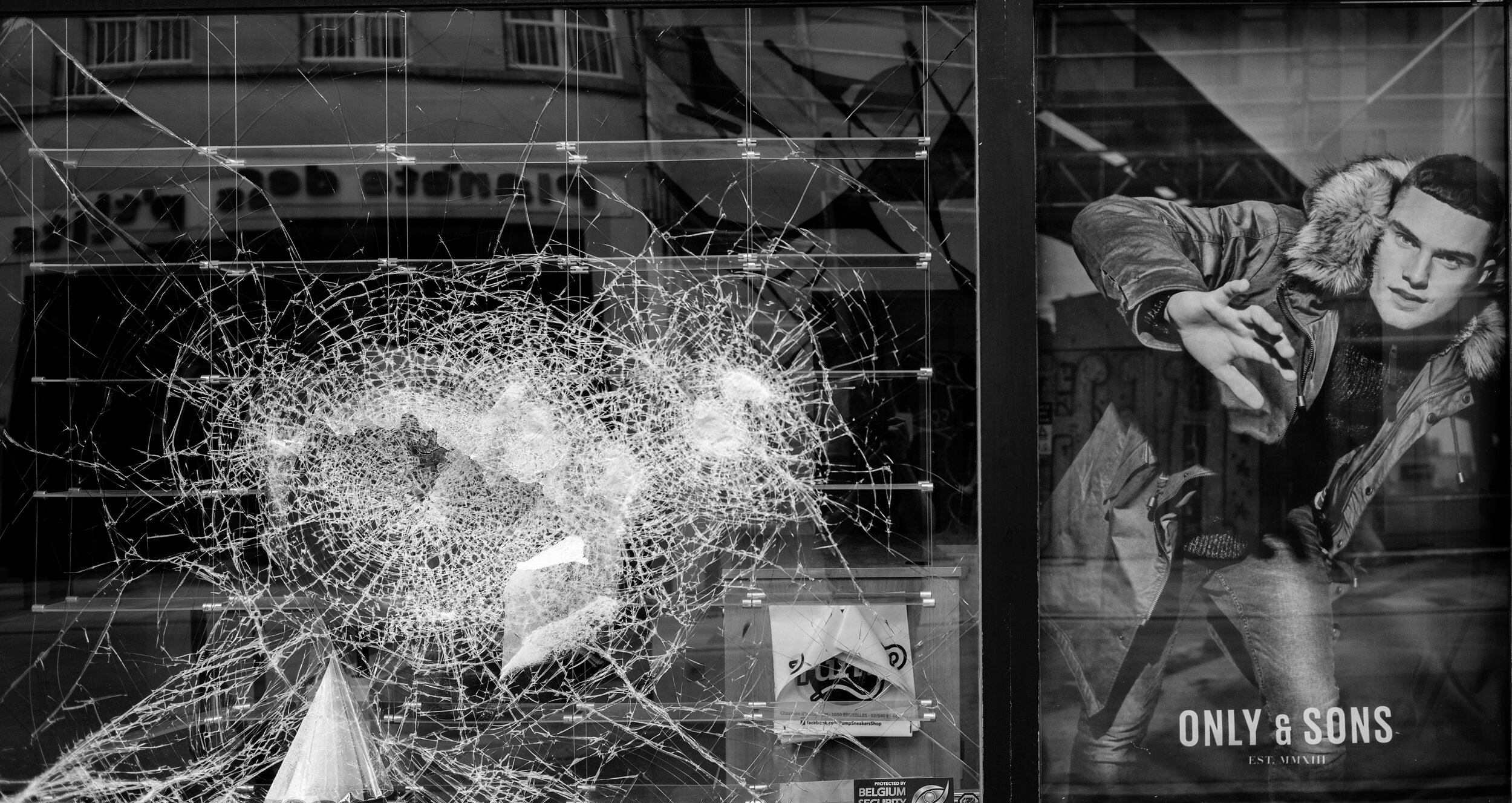
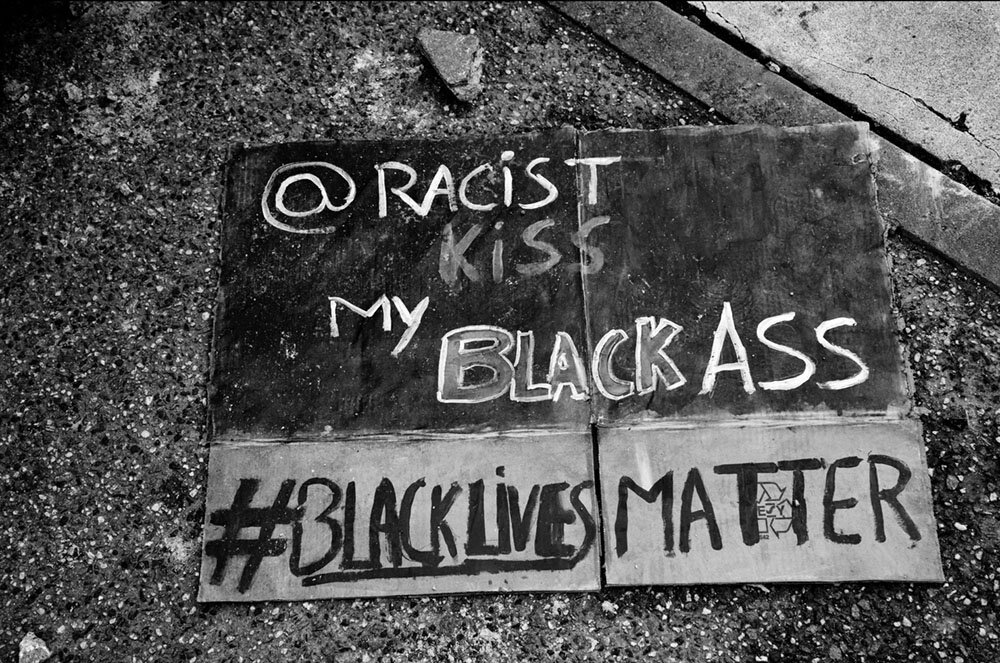
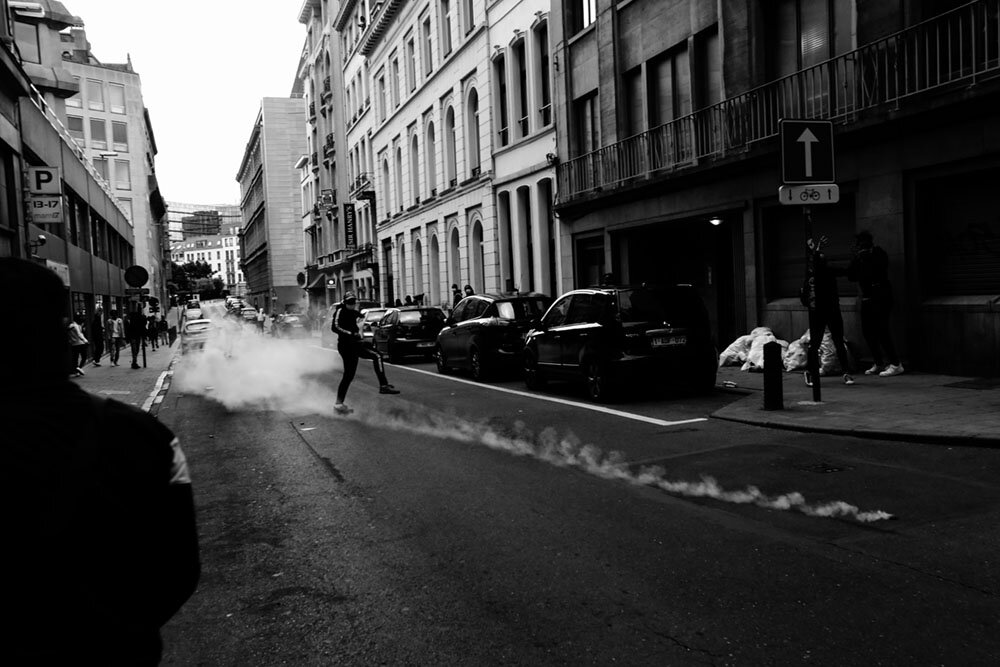
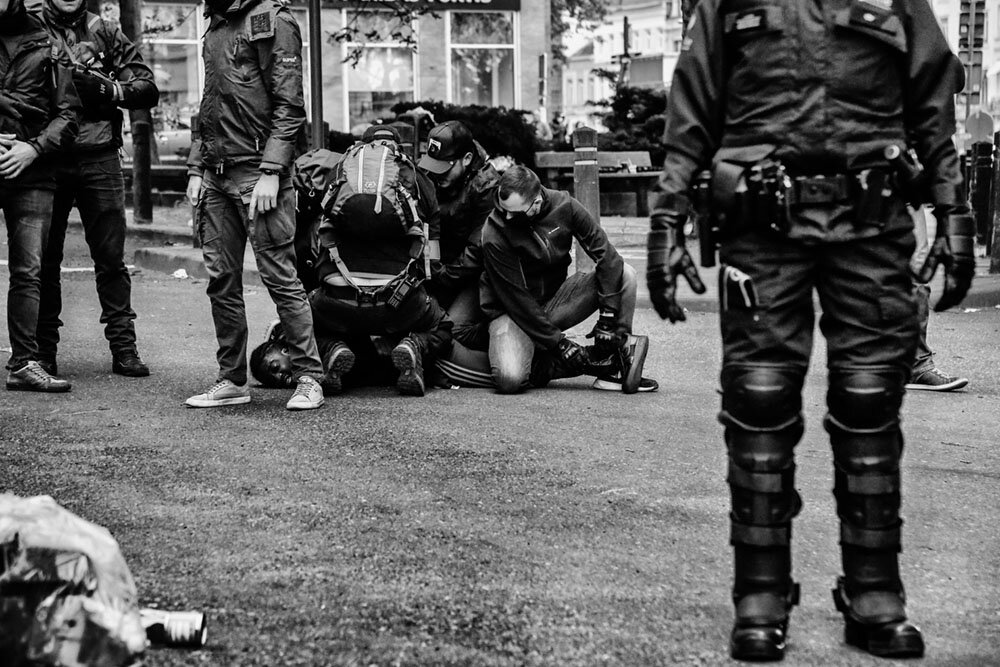

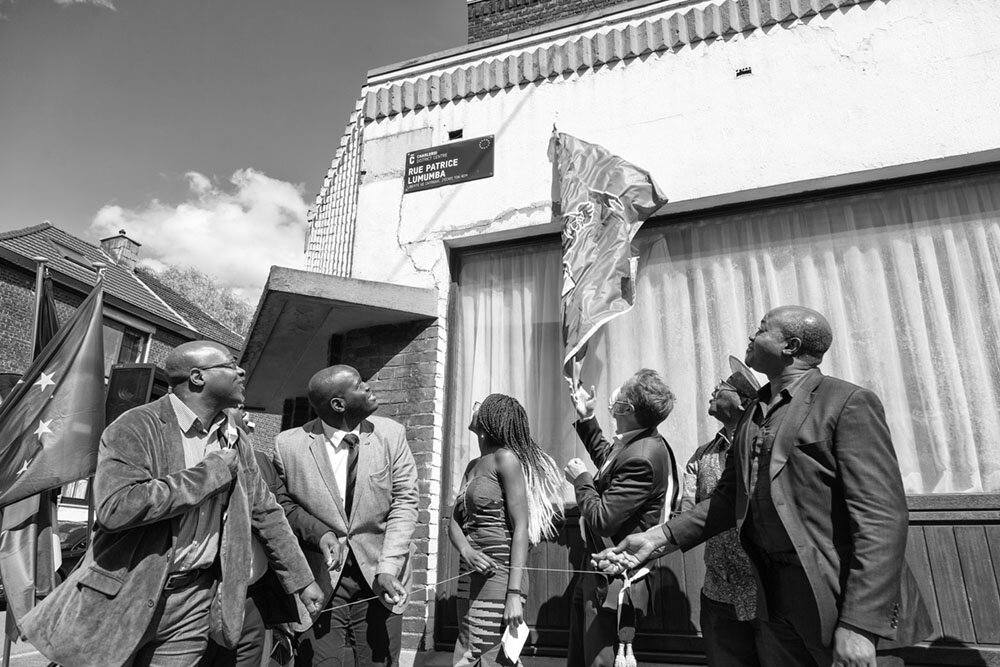
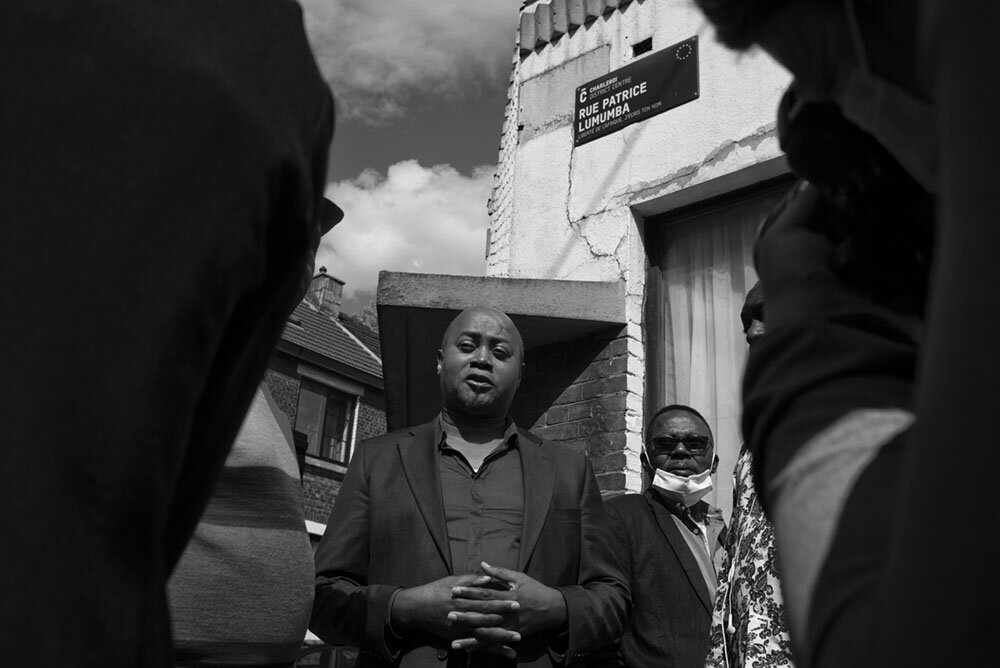
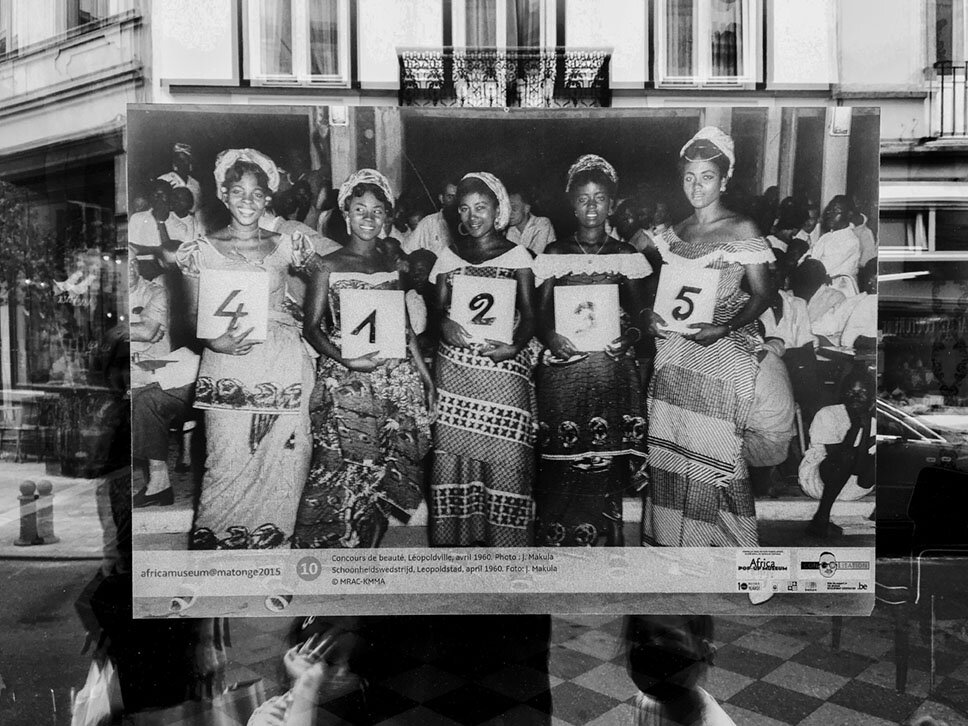
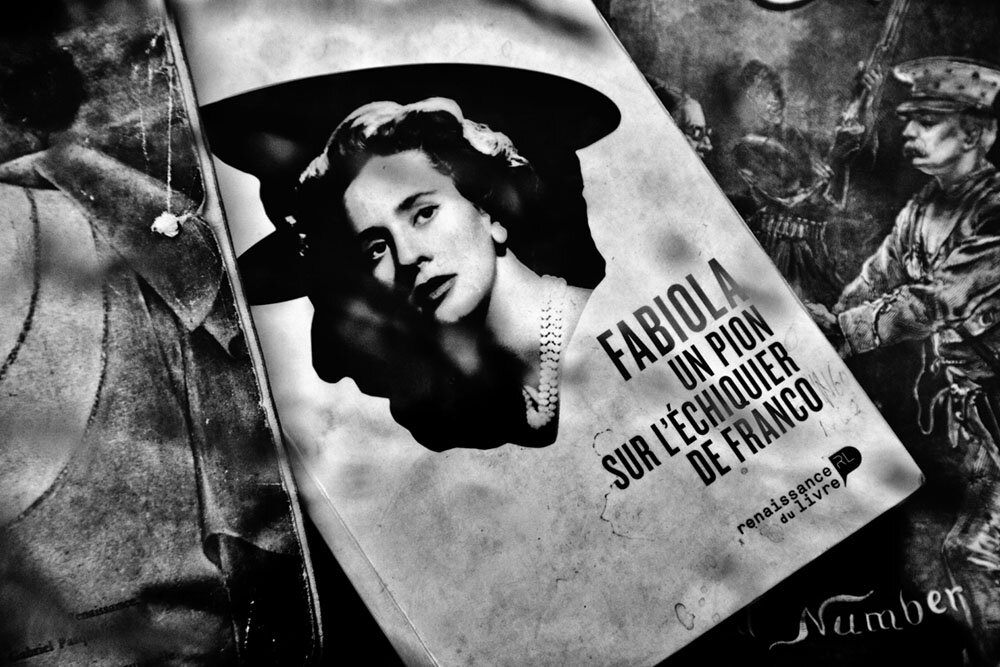
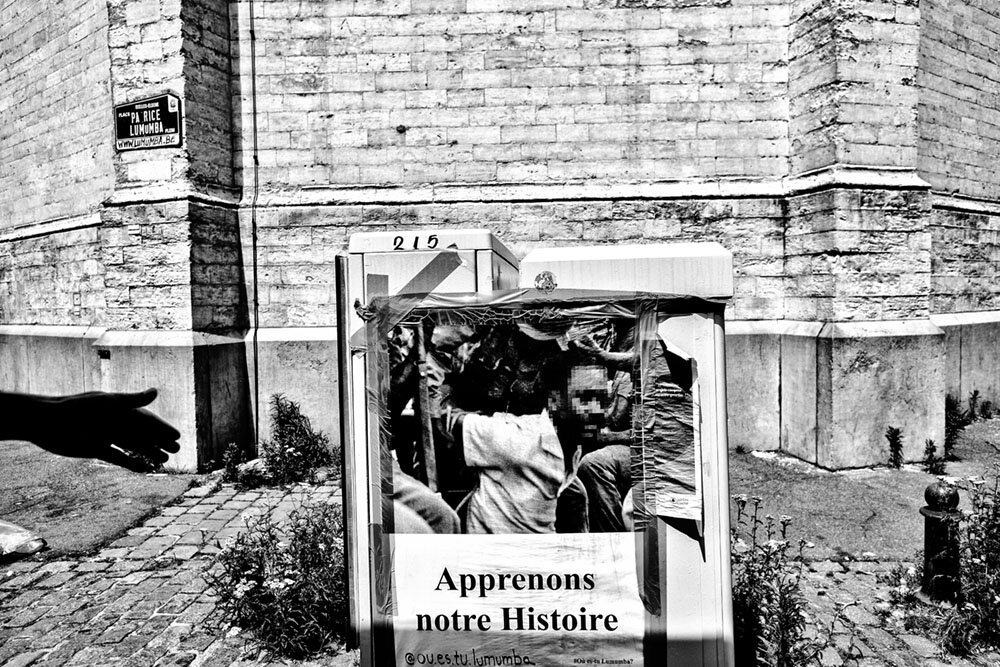
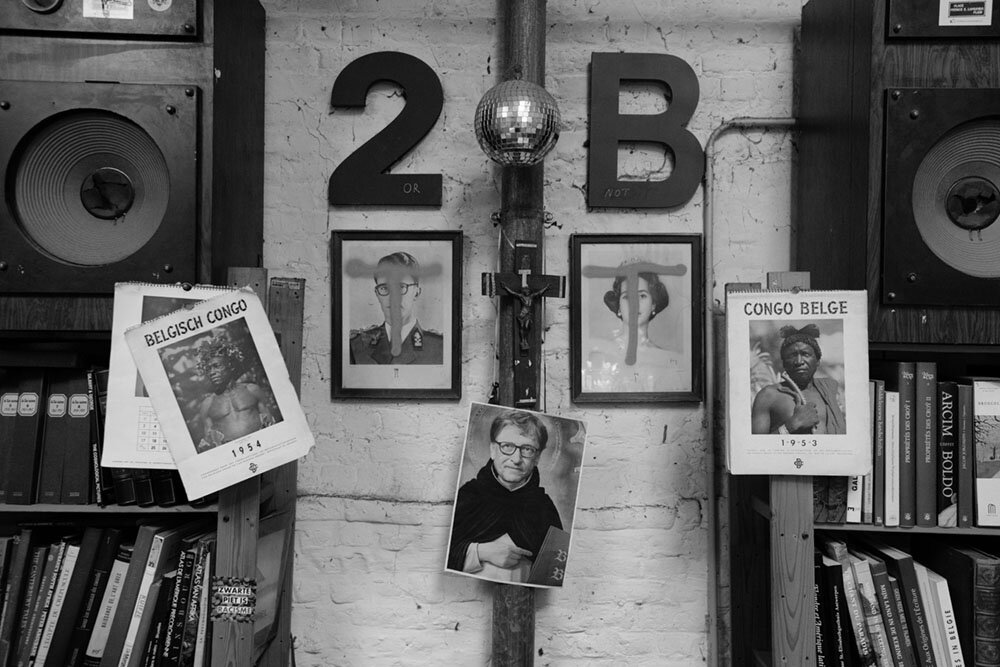
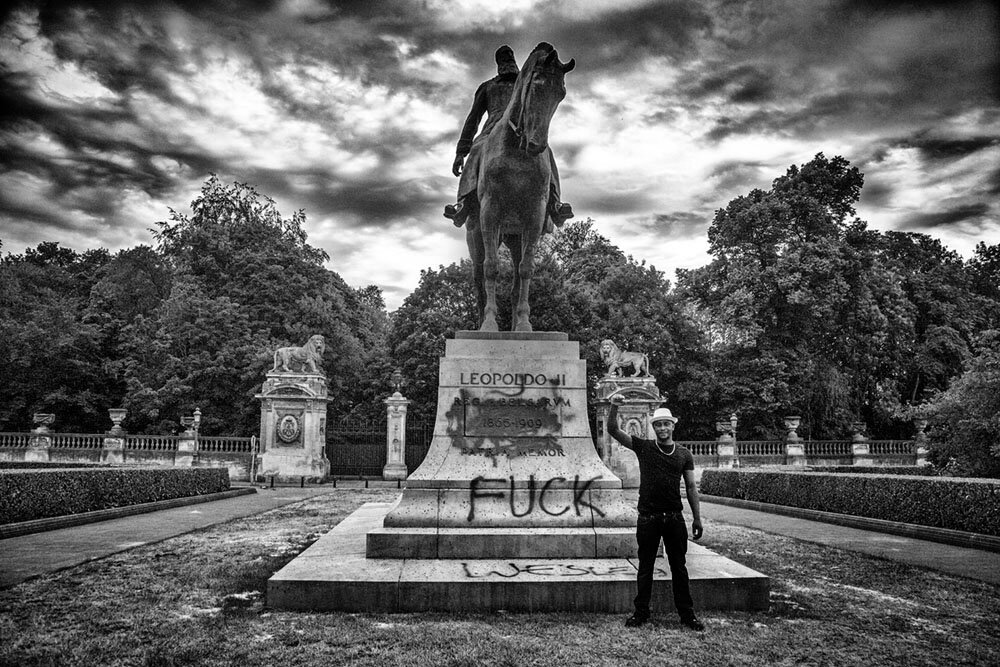
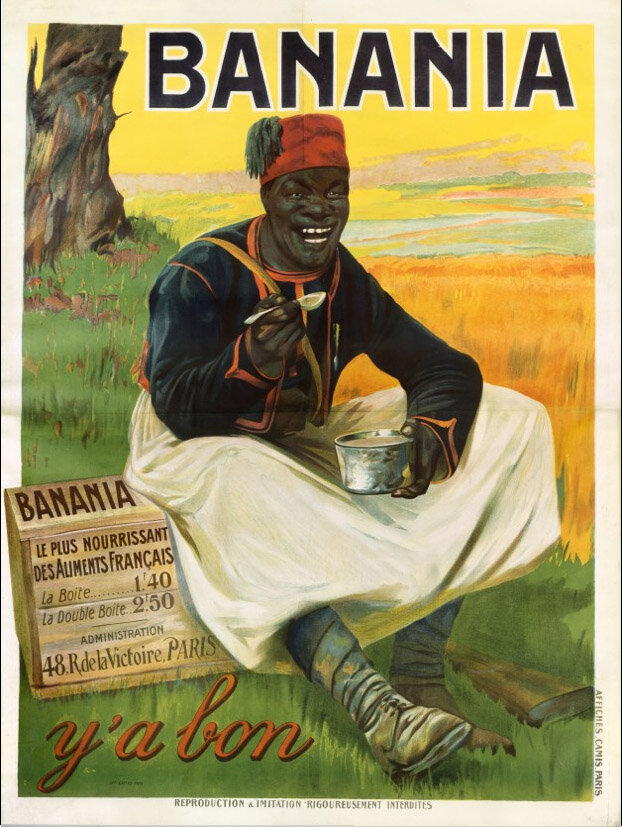
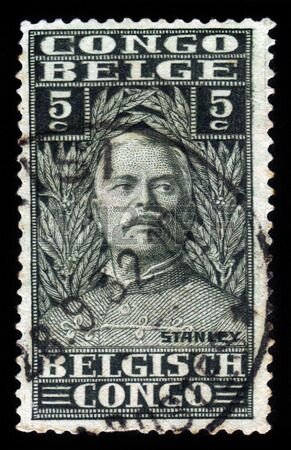
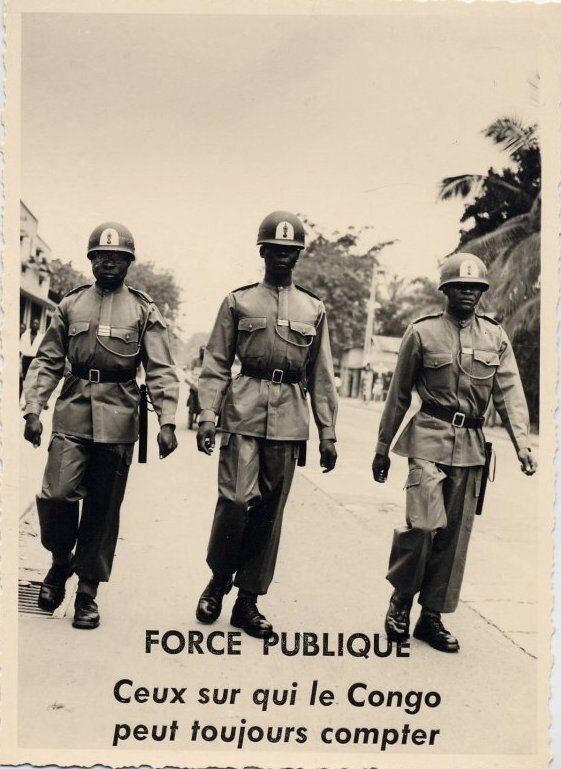

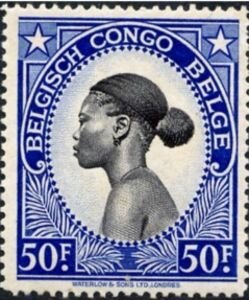
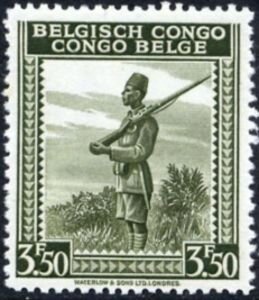
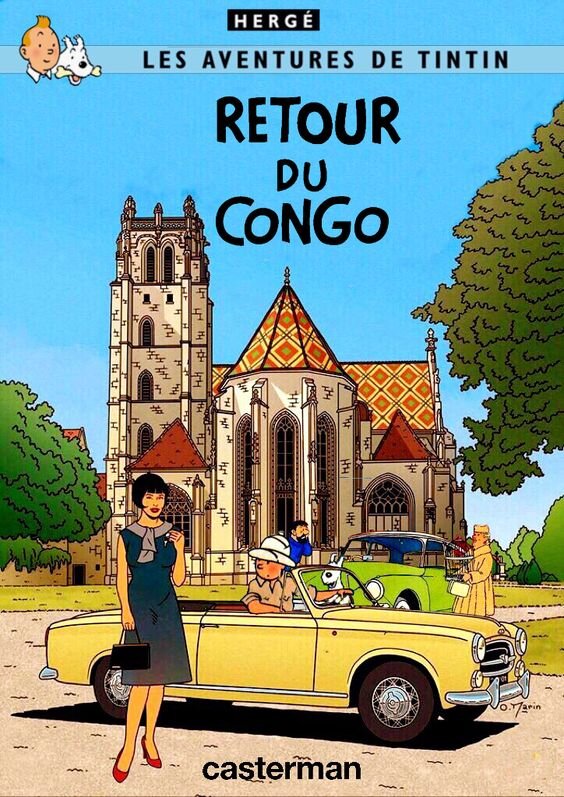
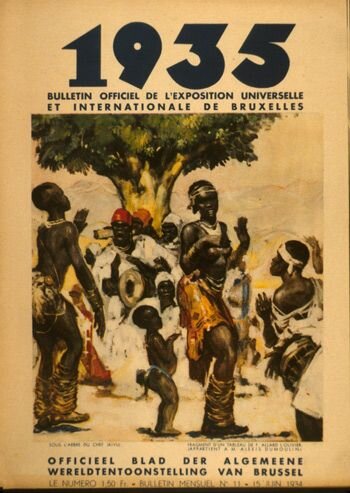

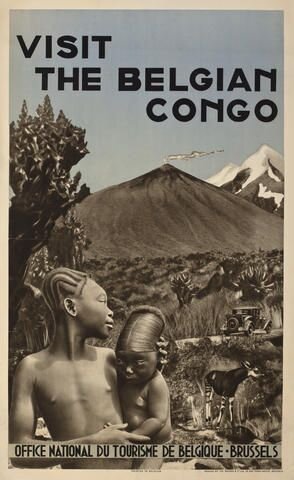
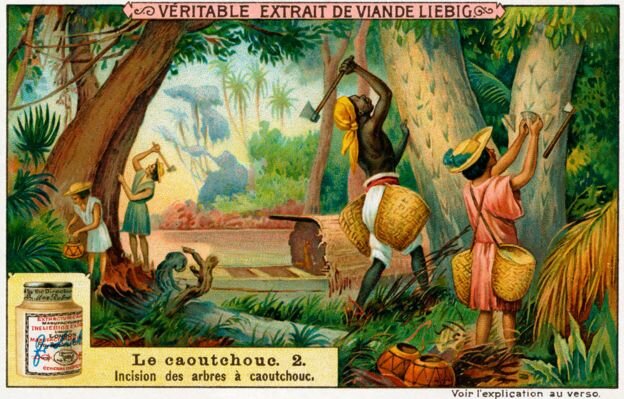
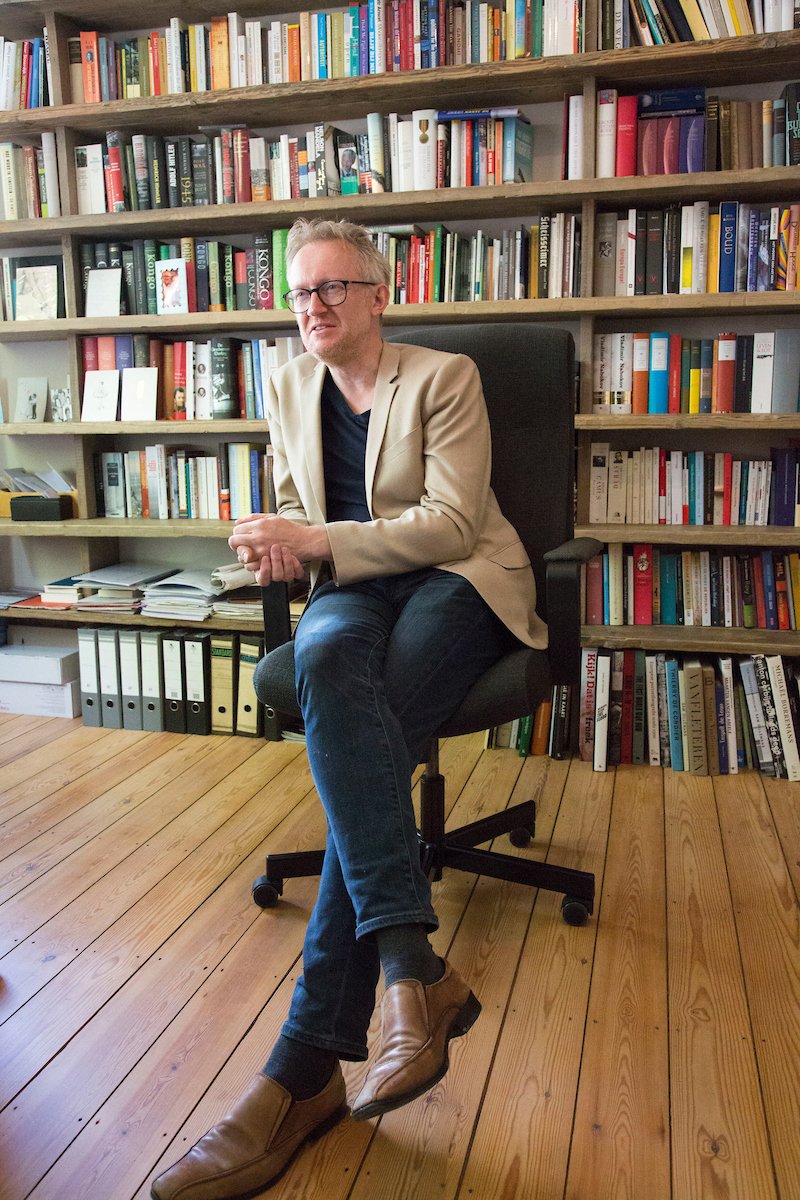
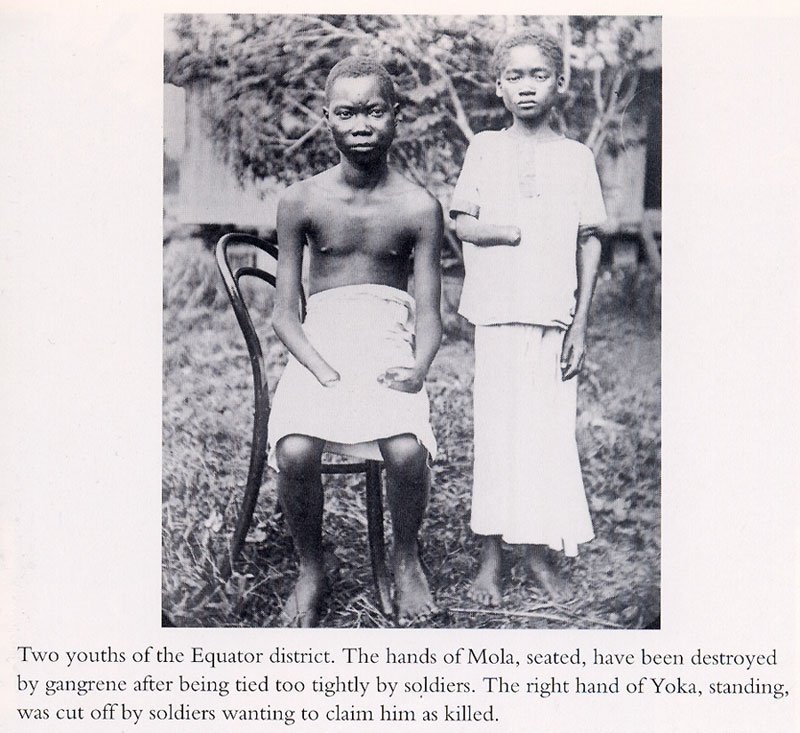
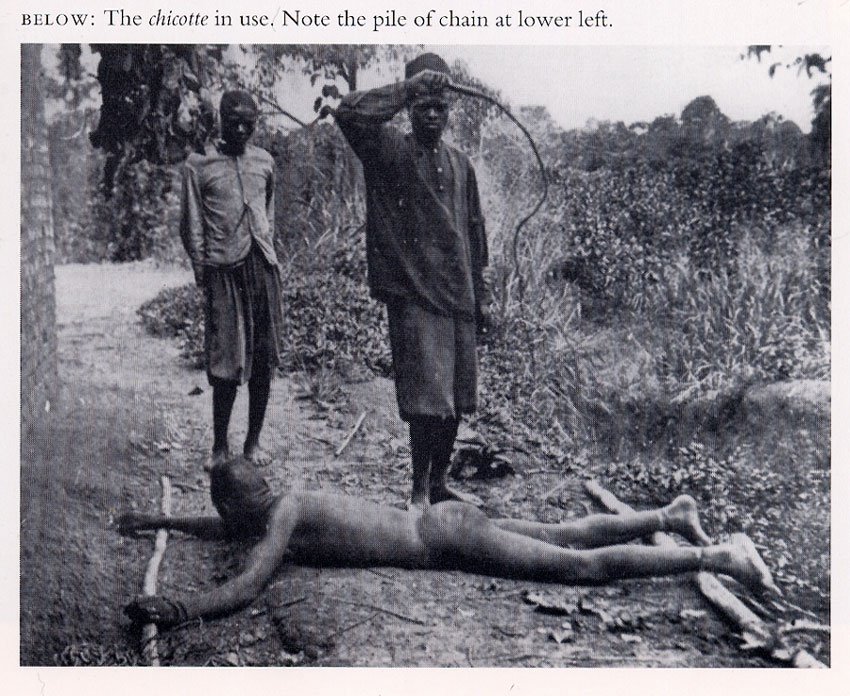

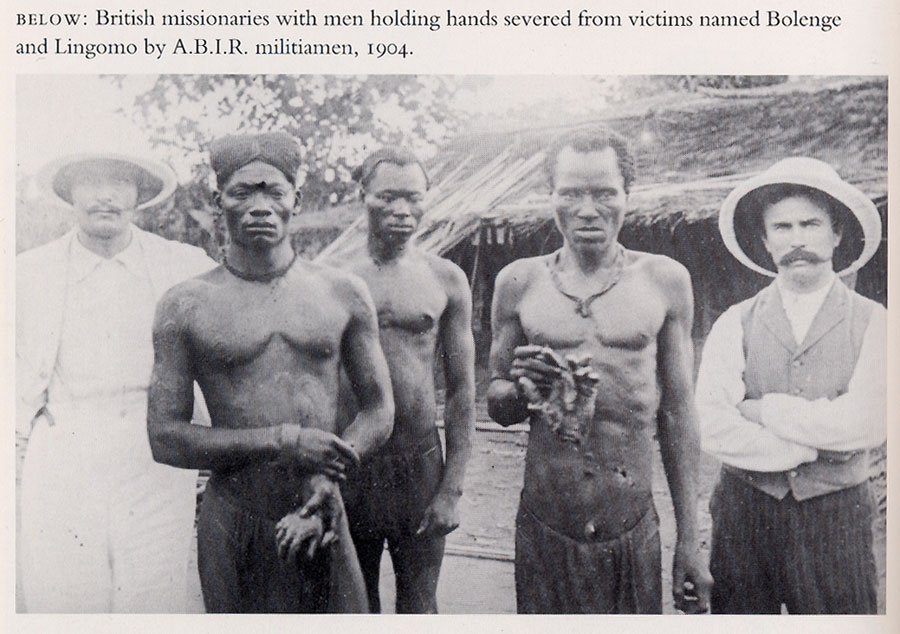
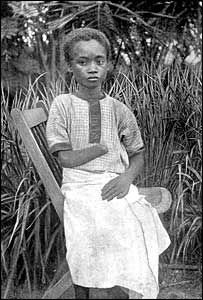
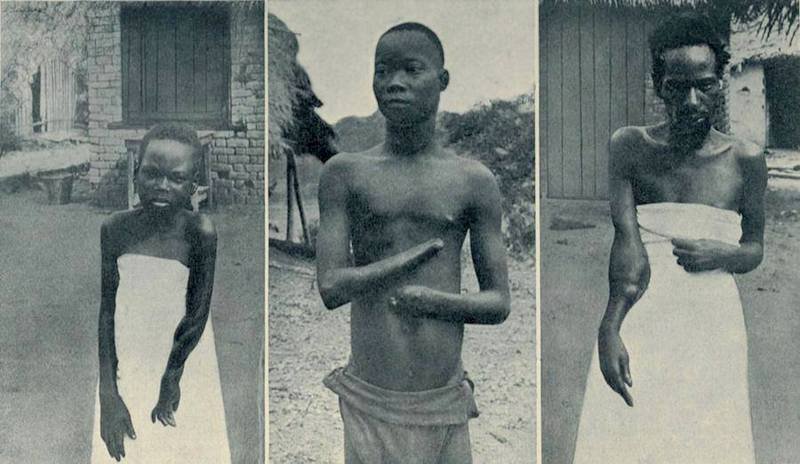
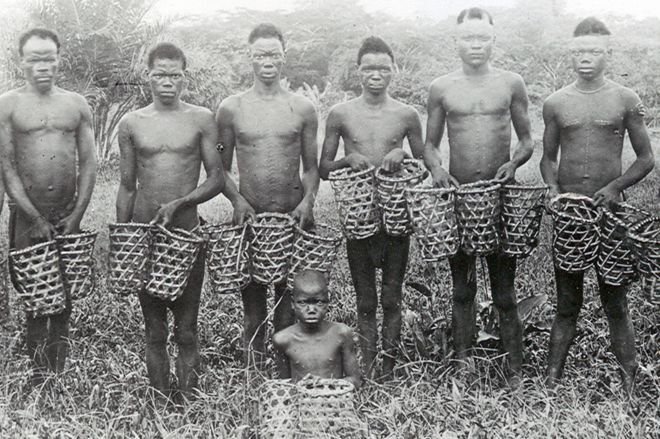
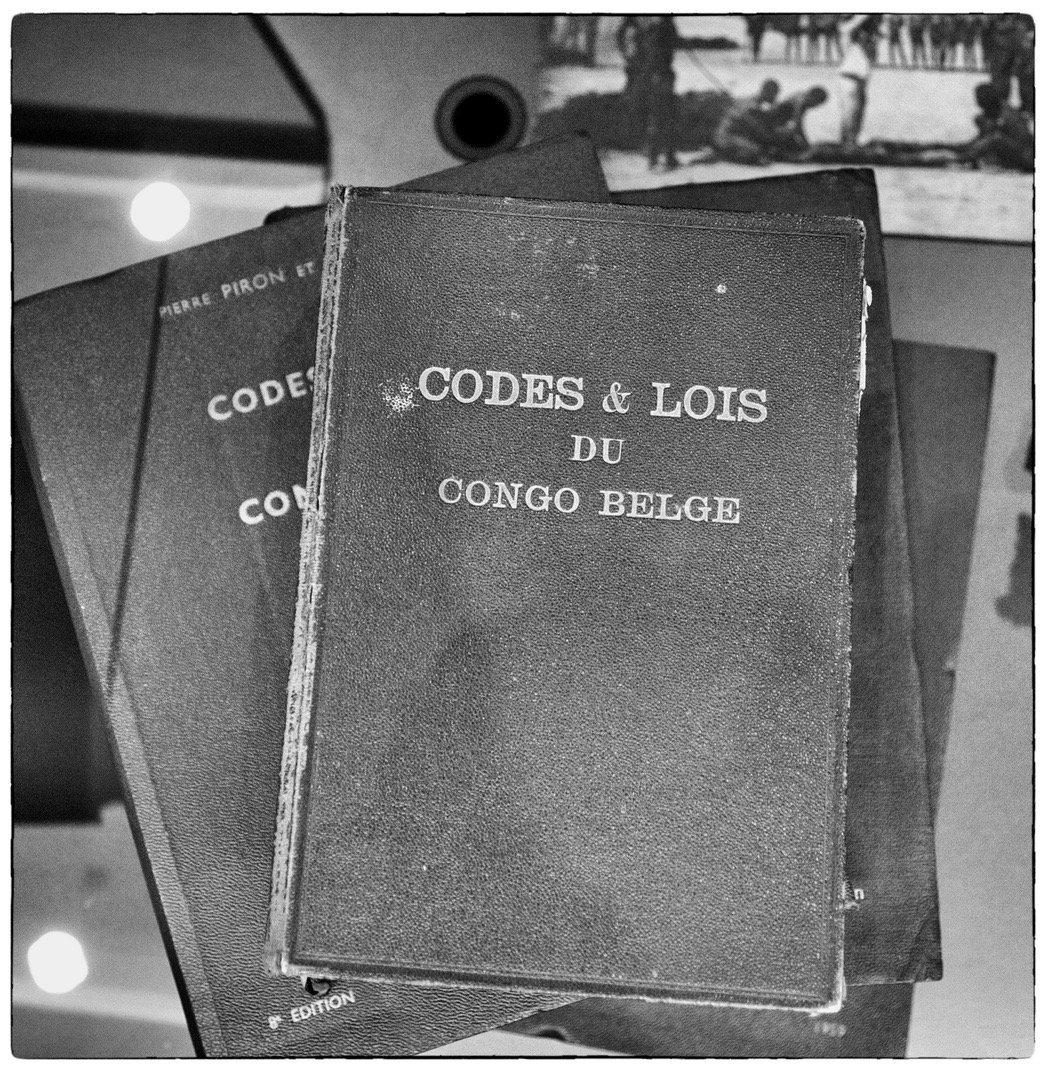
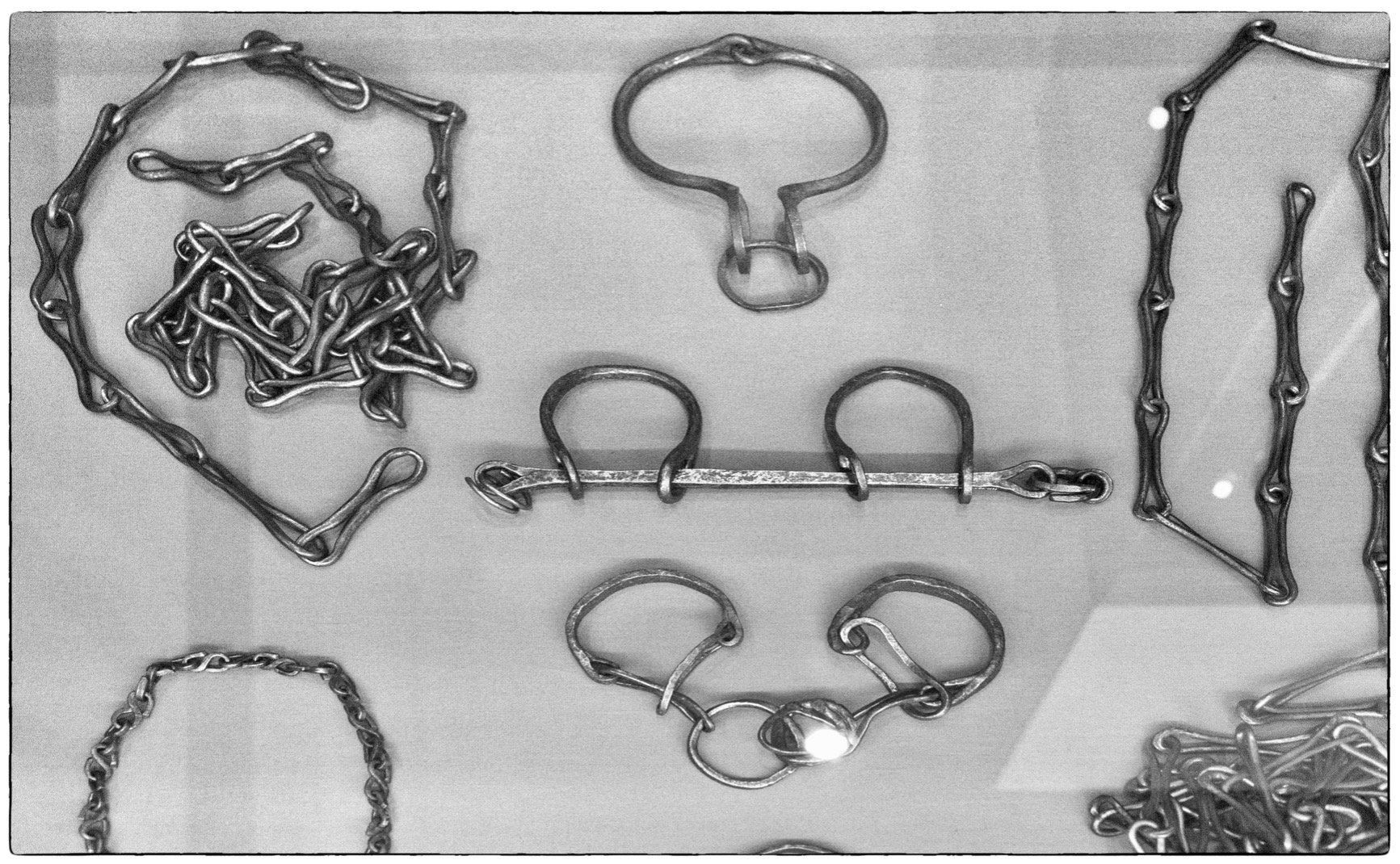
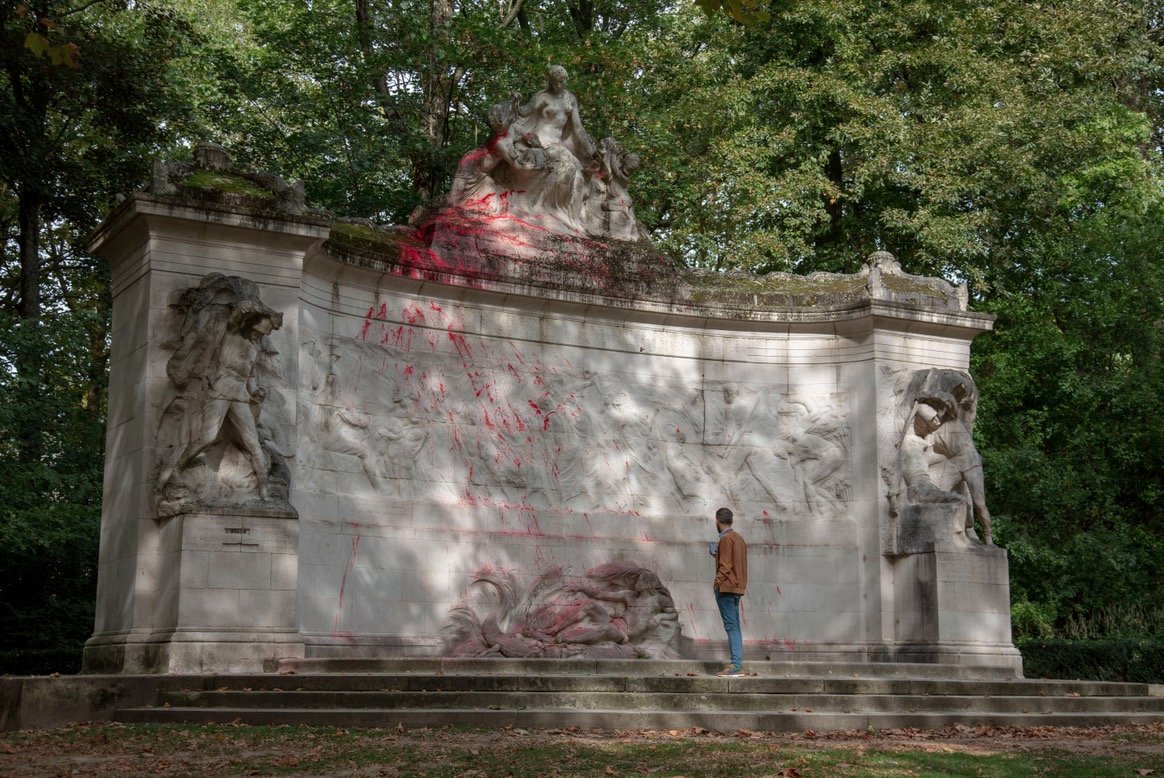
“The Anyoto leopard-men, a society from eastern Congo, operated between approximately 1890 and 1935. Until now the history of the leopard-men has inspired representations of Central Africa as a barbaric and disorderly place, and the idea that a secret association of men attacked innocent people and ate their limbs remains dominant in western culture. Since the early 20th century this image has been rather faithfully perpetuated in colonial ethnography and official reports and in popular representations of Africa. The Anyoto costumes in the collection of the Royal Museum for Central Africa have in particular inspired leopard.
The general belief was at first that the leopard men followers of the sect only targeted blacks hostile to tradition and independence, or too inclined to cooperate with the colonists. Among the victims, no white person has ever been identified”.
𝘝𝘪𝘤𝘬𝘺 𝘷𝘢𝘯 𝘉𝘰𝘤𝘬𝘩𝘢𝘷𝘦𝘯. "𝘓𝘦𝘰𝘱𝘢𝘳𝘥-𝘮𝘦𝘯 𝘰𝘧 𝘵𝘩𝘦 𝘊𝘰𝘯𝘨𝘰 𝘪𝘯 𝘭𝘪𝘵𝘦𝘳𝘢𝘵𝘶𝘳𝘦 𝘢𝘯𝘥 𝘱𝘰𝘱𝘶𝘭𝘢𝘳 𝘪𝘮𝘢𝘨𝘪𝘯𝘢𝘵𝘪𝘰𝘯". 𝘛𝘺𝘥𝘴𝘬𝘳. 𝘭𝘦𝘵𝘵𝘦𝘳𝘬𝘥. 𝘷𝘰𝘭.46 𝘯.1 𝘗𝘳𝘦𝘵𝘰𝘳𝘪𝘢 𝘑𝘢𝘯. 2009.
Sculpture in the museum of Africa (Tervuren). The Congo Museum in Tervuren, Belgium, was a personal project inaugurated in 1898 by King Leopold II.
Square of l'Industrie in Brussels, today renamed Square de Meeûs. In the aftermath of the George Floyd protests, in June 2020, the bust was vandalised with red paint as part of the controversy surrounding Storms' role in the early stages of the colonial atrocities in the Congo Free State. On June 2022 the communal authorities of Ixelles removed the bust from the square.
During colonization of Congo by Leopold II, they bring persons to organize human zoo in Brussels. They died by cold and inhuman treatment. Those are the tombs of a few of them.
BRUSSELS, BELGIUM Sunday, 28APR19 Historian and writer, David Van Reybrouck, author of book CONGO. 2019 © Delmi Álvarez
Father stares at the hand and foot of his five-year-old, severed as a punishment for failing to make the daily rubber quota, Belgian Congo, 1904 - Rare Historical PhotosThe photograph is by Alice Seeley Harris, the manÕs name is Nsala. Here is part of her account (from the book ÒDonÕt Call Me Lady: The Journey of Lady AliceÉ
Christian Atrocities New Page at http://www.badnewsaboutchristianity.com/gh5_attrocities.htm Mutilation in the Congo Free State, 19th / 20th Century
https://face2faceafrica.com/article/belgiums-hand-shaped-chocolates-will-remain-an-insult-to-victims-of-leopold-iis-genocide-in-congo
https://www.bbc.com/news/business-48533964#The horrific consequences of rubber's toxic past
In September 2023, the monument to the heroes of colonization was covered in red paint in protest of the millions of people killed during the reign of King Leopold II.
“The Anyoto leopard-men, a society from eastern Congo, operated between approximately 1890 and 1935. Until now the history of the leopard-men has inspired representations of Central Africa as a barbaric and disorderly place, and the idea that a secret association of men attacked innocent people and ate their limbs remains dominant in western culture. Since the early 20th century this image has been rather faithfully perpetuated in colonial ethnography and official reports and in popular representations of Africa. The Anyoto costumes in the collection of the Royal Museum for Central Africa have in particular inspired leopard.
The general belief was at first that the leopard men followers of the sect only targeted blacks hostile to tradition and independence, or too inclined to cooperate with the colonists. Among the victims, no white person has ever been identified”.
𝘝𝘪𝘤𝘬𝘺 𝘷𝘢𝘯 𝘉𝘰𝘤𝘬𝘩𝘢𝘷𝘦𝘯. "𝘓𝘦𝘰𝘱𝘢𝘳𝘥-𝘮𝘦𝘯 𝘰𝘧 𝘵𝘩𝘦 𝘊𝘰𝘯𝘨𝘰 𝘪𝘯 𝘭𝘪𝘵𝘦𝘳𝘢𝘵𝘶𝘳𝘦 𝘢𝘯𝘥 𝘱𝘰𝘱𝘶𝘭𝘢𝘳 𝘪𝘮𝘢𝘨𝘪𝘯𝘢𝘵𝘪𝘰𝘯". 𝘛𝘺𝘥𝘴𝘬𝘳. 𝘭𝘦𝘵𝘵𝘦𝘳𝘬𝘥. 𝘷𝘰𝘭.46 𝘯.1 𝘗𝘳𝘦𝘵𝘰𝘳𝘪𝘢 𝘑𝘢𝘯. 2009.
Sculpture in the museum of Africa (Tervuren). The Congo Museum in Tervuren, Belgium, was a personal project inaugurated in 1898 by King Leopold II.
Square of l'Industrie in Brussels, today renamed Square de Meeûs. In the aftermath of the George Floyd protests, in June 2020, the bust was vandalised with red paint as part of the controversy surrounding Storms' role in the early stages of the colonial atrocities in the Congo Free State. On June 2022 the communal authorities of Ixelles removed the bust from the square.
During colonization of Congo by Leopold II, they bring persons to organize human zoo in Brussels. They died by cold and inhuman treatment. Those are the tombs of a few of them.
BRUSSELS, BELGIUM Sunday, 28APR19 Historian and writer, David Van Reybrouck, author of book CONGO. 2019 © Delmi Álvarez
Father stares at the hand and foot of his five-year-old, severed as a punishment for failing to make the daily rubber quota, Belgian Congo, 1904 - Rare Historical PhotosThe photograph is by Alice Seeley Harris, the manÕs name is Nsala. Here is part of her account (from the book ÒDonÕt Call Me Lady: The Journey of Lady AliceÉ
Christian Atrocities New Page at http://www.badnewsaboutchristianity.com/gh5_attrocities.htm Mutilation in the Congo Free State, 19th / 20th Century
https://face2faceafrica.com/article/belgiums-hand-shaped-chocolates-will-remain-an-insult-to-victims-of-leopold-iis-genocide-in-congo
https://www.bbc.com/news/business-48533964#The horrific consequences of rubber's toxic past
In September 2023, the monument to the heroes of colonization was covered in red paint in protest of the millions of people killed during the reign of King Leopold II.